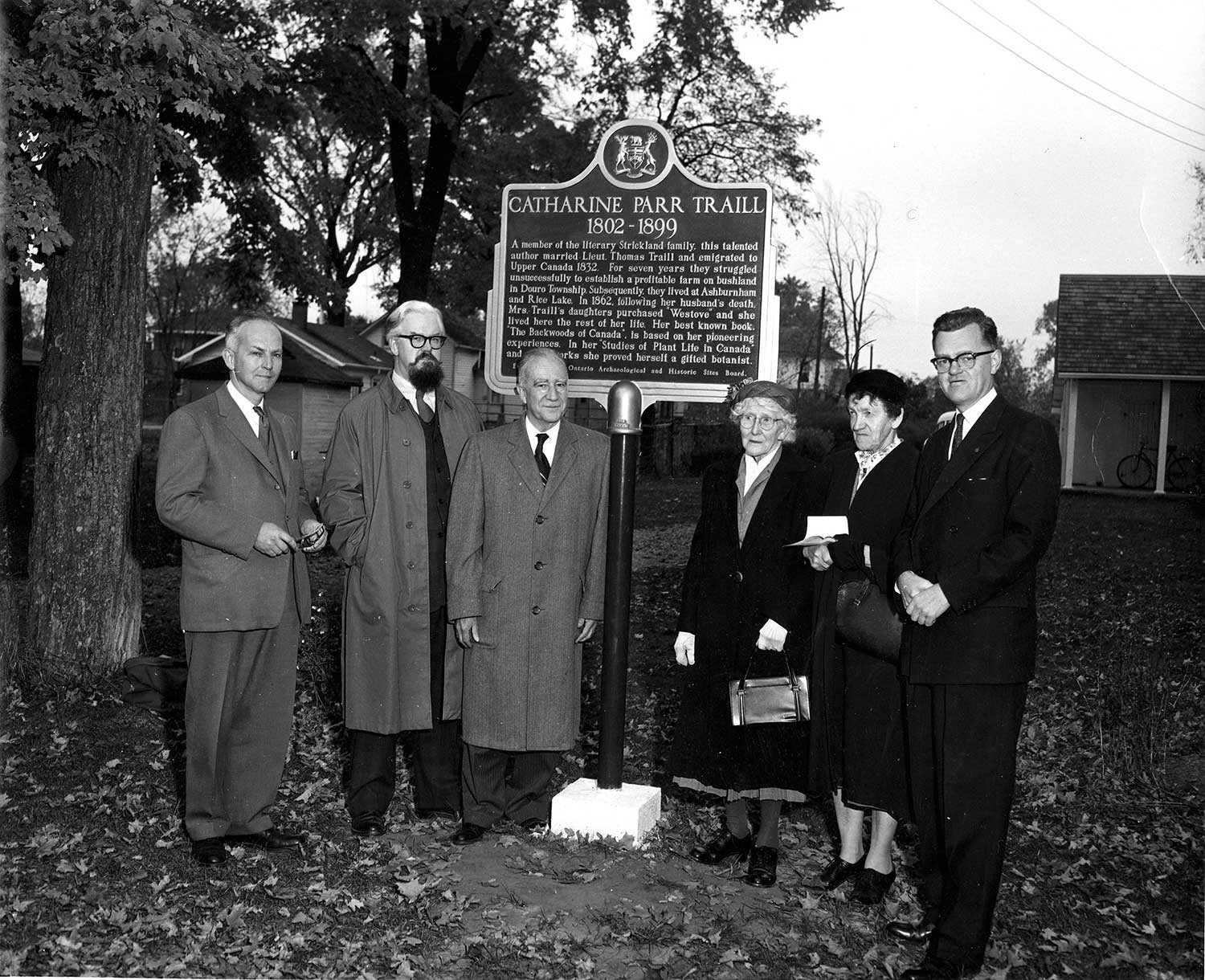

Browse by category
- Adaptive reuse
- Archaeology
- Arts and creativity
- Black heritage
- Buildings and architecture
- Communication
- Community
- Cultural landscapes
- Cultural objects
- Design
- Economics of heritage
- Environment
- Expanding the narrative
- Food
- Francophone heritage
- Indigenous heritage
- Intangible heritage
- Medical heritage
- Military heritage
- MyOntario
- Natural heritage
- Sport heritage
- Tools for conservation
- Women's heritage

- Home
- Adaptive reuse
- Archaeology
- Arts and creativity
- Black heritage
- Buildings and architecture
- Communication
- Community
- Cultural landscapes
- Cultural objects
- Design
- Economics of heritage
- Environment
- Expanding the narrative
Expanding the narrative
This is part of a broader conversation about whose history is being told, about gender, people of colour and the economically disenfranchised, and others whose stories have been overlooked or intentionally omitted from the authorized discussion.
- Food
- Francophone heritage
- Indigenous heritage
- Intangible heritage
Intangible heritage
Intangible cultural heritage includes language, traditions, music, food, special skills, etc.
- Medical heritage
- Military heritage
- MyOntario
- Natural heritage
- Sport heritage
- Tools for conservation
- Women's heritage
Literary giants
Women's heritage, Arts and creativity, Natural heritage
Published Date: Sep 07, 2006
Photo: This 1958 provincial plaque unveiling to commemorate Catharine Parr Traill was attended by Mrs. Anne Atwood and Miss Anne Traill, the author’s granddaughters. Also in attendance (shown here second from left) was the then-editor of the Peterborough Examiner – Robertson Davies – who, in time, became a literary giant in his own right.
Catharine Parr Traill is one of Canada’s literary luminaries. Her life story spans most of the 19th century, crossing oceans, battling cholera and journeying through Ontario’s backwoods. Yet, despite the struggles and hardships, she maintained a positive attitude to life in the new world and channeled those experiences into rich and popular chronicles. She was formally commemorated in 1958 when the Archaeological and Historic Sites Board of Ontario (now the Ontario Heritage Trust) unveiled a provincial plaque in Lakefield at the site of the author’s former home.
Born in 1802 in Suffolk, England, Catharine Parr Strickland came from a literary family that claimed kinship with Edward III and Catharine Parr – the sixth wife of Henry VIII. Her sisters (including the distinguished Susanna Moodie) also wrote history texts, volumes of verse, short stories and several novels.
Catharine married retired Lieutenant Thomas Traill in 1832, whereafter they immediately left England for Upper Canada. After landing in Montreal, she was temporarily stricken by cholera that raged through the country at that time. After she recovered, they proceeded by steamer, wagon and foot to Katchewanooka Lake about 15 miles (24 km) north of Peterborough. Among the first settlers in the area, the Traills were not prepared for the hardships of the backwoods experience. After seven challenging years, they sold their farm. Fortunately, Traill’s army half-pay and the money earned by Catharine from the short stories and sketches she sold to English and American magazines helped them remain solvent.
In 1846, the Traills bought a cleared farm on the south shore of Rice Lake. Here, at “Oaklands,” they made their home until 1857 when their house and most of their belongings were destroyed by fire. Thomas Traill died shortly thereafter and Catharine spent the remainder of her life in Lakefield where she could be near members of her family. In 1862, her daughters purchased "Westove" in Lakefield where Catharine resided until her death in 1899 at the age of 97.
Catharine Parr Traill’s literary and historical works have gained her a lasting reputation in Ontario and Canada. Her works are unusual in that they show the efforts of a person of superior education and refined upbringing who struggled with the same financial and physical difficulties experienced by all early settlers. Most immigrants of the time lacked the education to record these experiences, and those who did possess such skills usually lived in urban centres where they had little real knowledge of the pioneer existence. She was also able to convey her experiences with a genuine sense of humour.
As well, she was a gifted botanist and, in all her works, devoted considerable attention to native wildflowers and other plants. Her beautifully illustrated books, Canadian Wild Flowers (1868) and Plant Life in Canada (1885), remain outstanding resources to early Canadian botanical study.
Catharine Parr Traill remains one of Canada’s – and Ontario’s – early literary giants.
RelatedStories

- 01 Oct 2019
- Economics of heritage
Buildings and architecture
Arts and creativity
Community
Adaptive reuse - Author: Christina Jennings,
Quiet on the set
Shaftesbury is the company behind the hit television series Murdoch Mysteries and Frankie Drake Mysteries, both of which air on CBC in Canada and are...
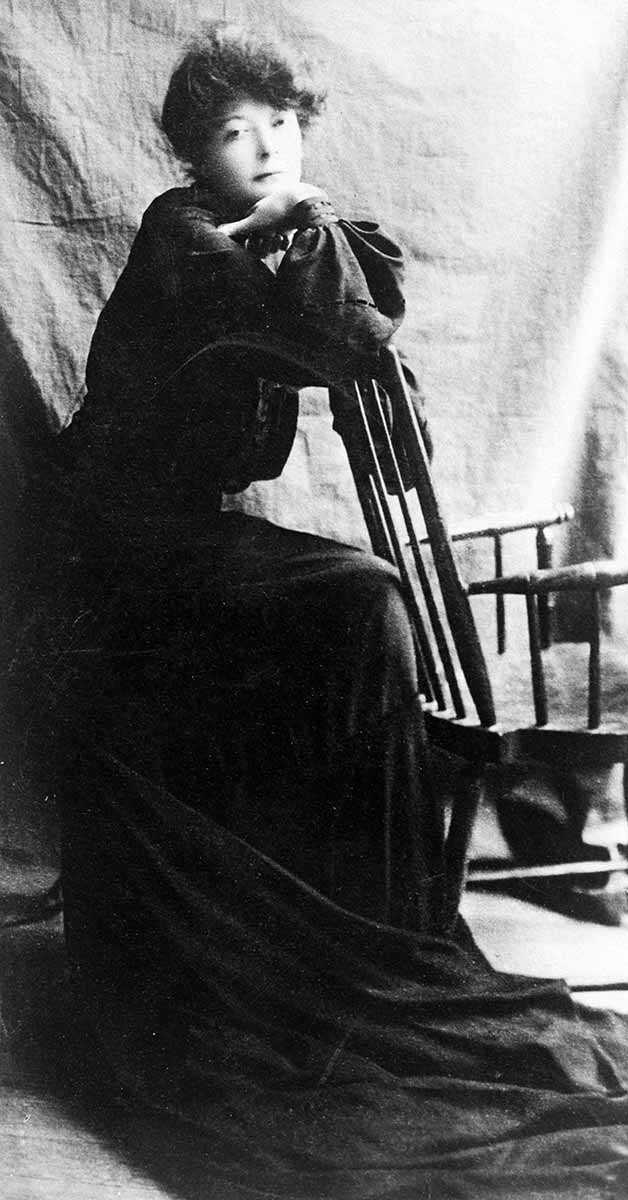
- 20 Mar 2019
- Women's heritage
Communication - Author: Dr. Barbara Freeman,
Kit Coleman: Journalism pioneer
Kathleen Blake Coleman, known to her readers as “Kit,” stood out among Ontario’s women journalists of her day because of her obvious talent, lively writing...
![“Mayor Oliver: Wonder who told them we didn’t encourage the suffragette movement in Toronto?”, [photograph], ca. 1910, Newton McConnell fonds, C 301-0-0-0-996, Archives of Ontario.](https://www.heritage-matters.ca/uploads/Articles/Archives-of-Ontario-cartoon-I0007312-web.jpg)
- 20 Mar 2018
- Women's heritage
- Author: Shruthi Dhananjaya and Beth Anne Mendes,
Key dates and figures in the women’s rights movement in Ontario and Canada
1851: Women were officially excluded from voting in all Canadian legislative elections in British North America. 1853: Mary Ann Shadd Cary established the Provincial Freeman...

- 20 Mar 2018
- Women's heritage
- Author: Molly Shoichet,
Shining a light
When I was young, my mother strongly encouraged me to pursue a career. She knew that for her generation, even after graduating from university, there...
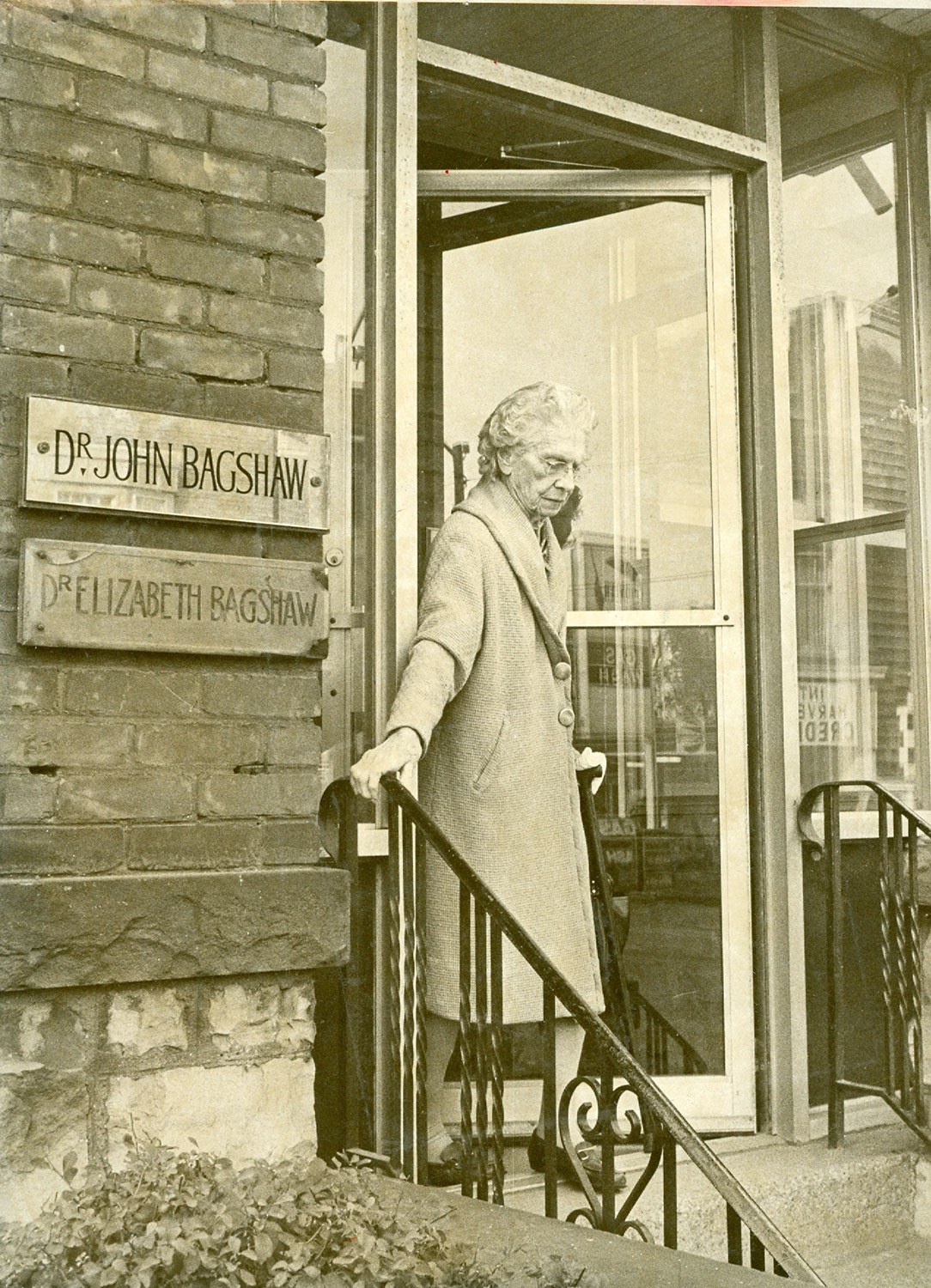
- 20 Mar 2018
- Women's heritage
Medical heritage - Author: Kimberly Murphy,
Elizabeth Bagshaw: Fighting for reproductive rights in Canada
When Dr. Elizabeth Bagshaw retired in 1976, she was the oldest physician practising in Canada. In her illustrious 70-year career, Bagshaw treated thousands of patients...

- 20 Mar 2018
- Women's heritage
- Author: Allison Ward,
Working for the greater good: Women’s voluntary organizations in the early 20th century
In 1911, women made up 13.5 per cent of the workforce in Canada. By 1951, that number had risen to 22 per cent. While few...
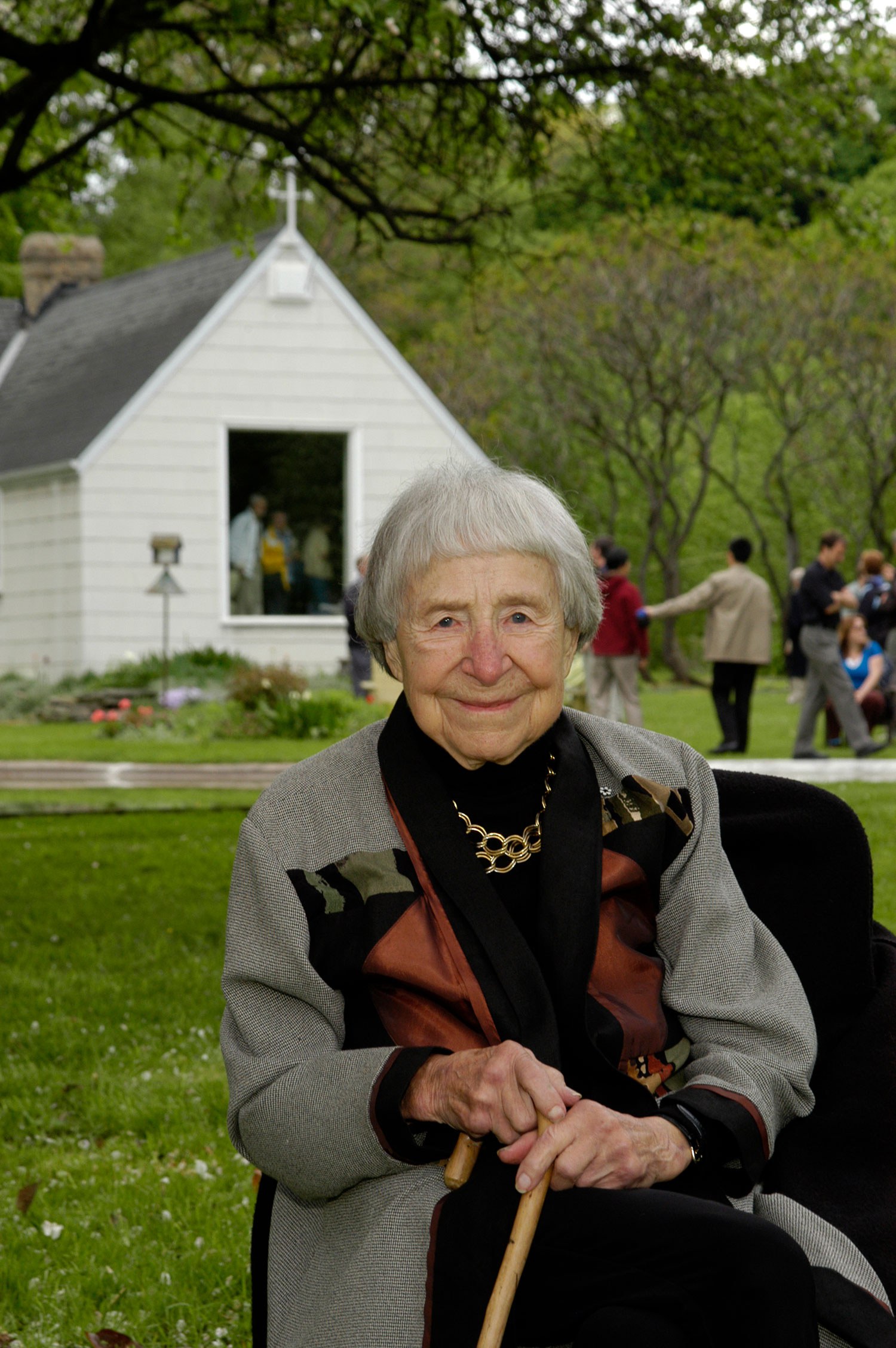
- 20 Mar 2018
- Women's heritage
Arts and creativity - Author: Anne Kingston,
The cult of Doris
Living to 100 is only the latest feat in the life of the singular painter Doris McCarthy, who once cut off her finger for her...

- 20 Mar 2018
- Women's heritage
- Author: Allison Ward,
Practices and attitudes die slowly: Sexual assault legislation and activism in Canada
In 1967, during a decade of social change and revolution, the federal government launched the Royal Commission on the Status of Women to address the...
![F 2076-16-3-2/Unidentified woman and her son, [ca. 1900], Alvin D. McCurdy fonds, Archives of Ontario, I0027790.](https://www.heritage-matters.ca/uploads/Articles/27790_boy_and_woman_520-web.jpg)
- 20 Mar 2018
- Women's heritage
Black heritage - Author: Natasha Henry,
We’ve always been here: Black women’s history of voting rights and politics in Canada
The history of Black women’s voting rights in Canada must be understood in the context of their evolving social status in the nation’s preceding French...

- 20 Mar 2018
- Women's heritage
Indigenous heritage - Author: Dr. Cynthia Wesley-Esquimaux,
Suffrage and Indigenous women in Canada
What has it been like to grow up in a society only now beginning to take note and respect the contributions of Indigenous women? When...
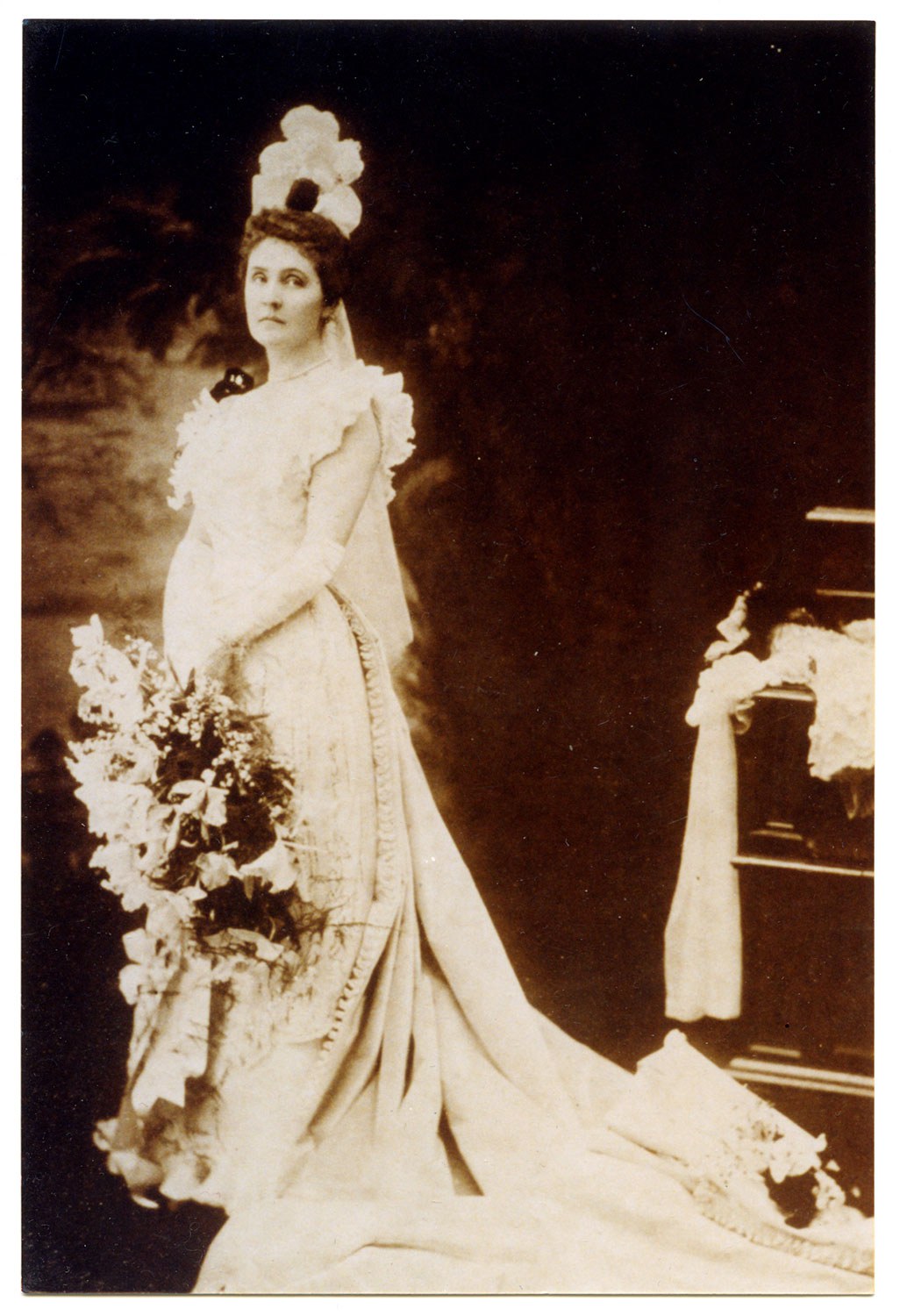
- 20 Mar 2018
- Women's heritage
- Author: Madison Hamilton,
The women behind the estates
Across the fabric of Canadian society, a definitive shift occurred between the 19th and 20th centuries that began a reconstruction of social gender roles as...

- 20 Mar 2018
- Women's heritage
- Author: Raheel Raza,
A Canadian Muslim woman reflects on 30 years in Canada
I am a Pakistani by birth, a Canadian by choice and Islam is my spiritual path. My family and I migrated to Canada 30 years...
![Wyland, Francie. 1976. Motherhood, Lesbianism, Child Custody: The Case for Wages for Housework. Toronto: Wages Due Lesbians. Cover woodcut by Anne Quigley. CLGA collection, in monographs, folder M 1985-054].](https://www.heritage-matters.ca/uploads/Articles/Wages-Due-Lesbians_Wyland-pamphlet-image-web.jpg)
- 20 Mar 2018
- Women's heritage
- Author: Jessica Taylor,
Wages Due Lesbians
Wages Due Lesbians was a Toronto activist group (mid-1970s to early 1980s) affiliated with the international Wages for Housework movement. Wages for Housework came out...

- 20 Mar 2018
- Women's heritage
- Author: Erin Semande,
Women in organized labour
Before the First World War (1914-18), women had few rights and they could not vote or hold public office. Policies were overtly discriminatory toward women...
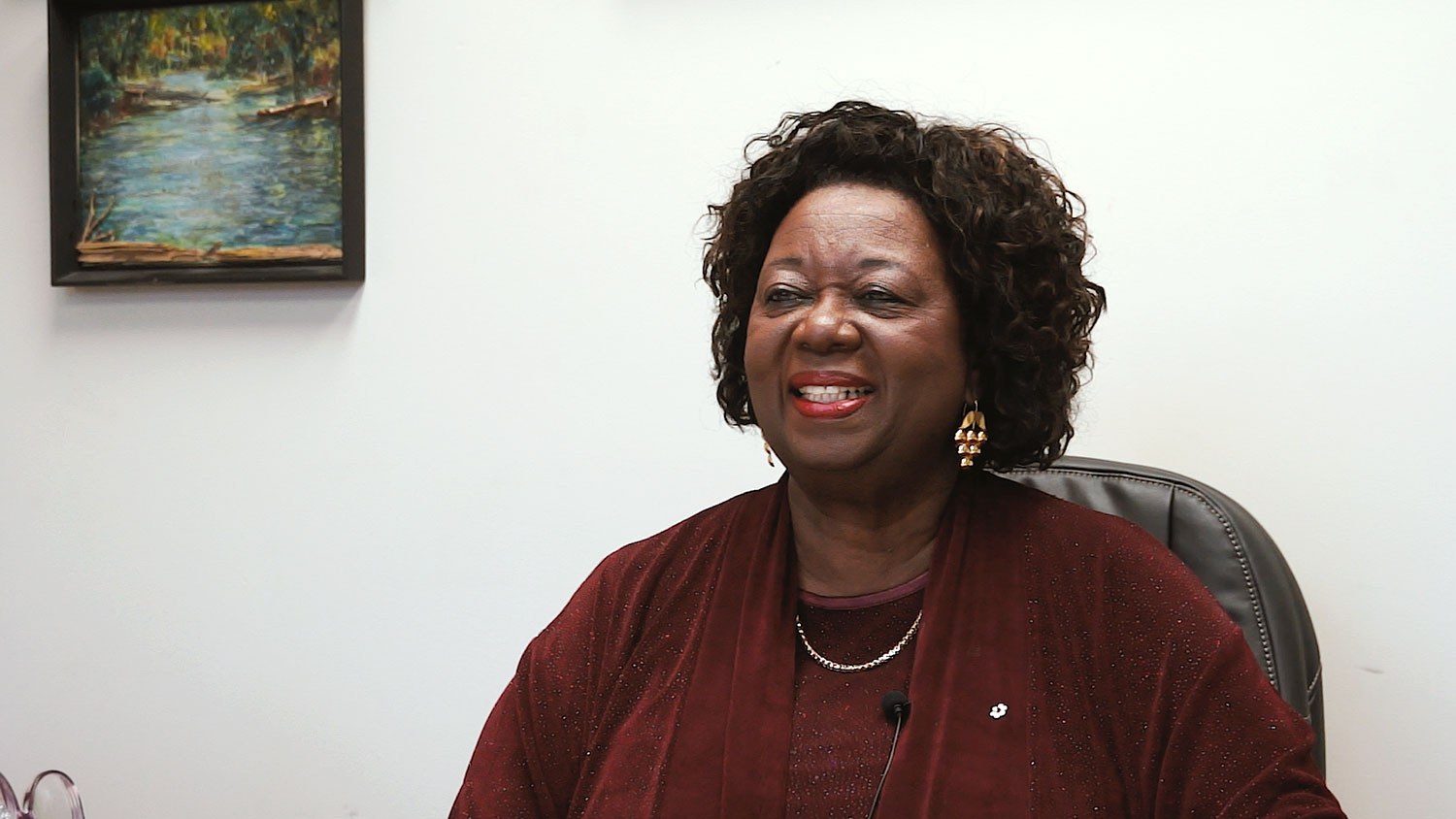
- 20 Mar 2018
- Women's heritage
Black heritage - Author: Beth Hanna,
From Happy Hill to Parliament Hill: An interview with trailblazer Jean Augustine
Among her many accolades, the Honourable Jean Augustine has the distinction of being Canada’s first Black female Member of Parliament and Cabinet Minister. An educator...

- 20 Mar 2018
- Women's heritage
- Author: The Honourable Elizabeth Dowdeswell,
The journey of women’s empowerment
The year 2017 was, to say the least, one to remember, providing a myriad of opportunities to celebrate, but also to critically examine Canadian history...

- 20 Mar 2018
- Women's heritage
- Author: Beth Hanna,
Women’s rights are human rights – The fight for an equal voice
Did you know that women in Canada couldn’t vote in federal elections until 1918 – just 100 years ago? They could vote in some provinces...
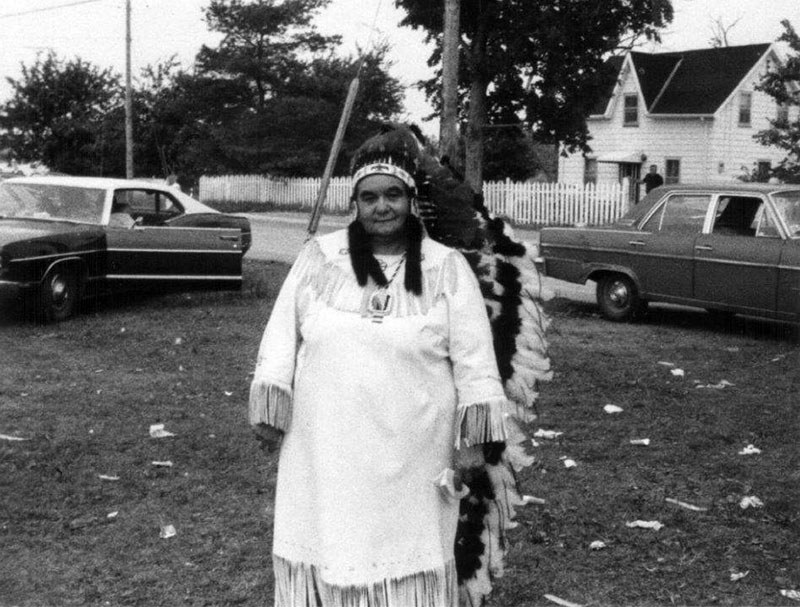
- 20 Mar 2018
- Women's heritage
Indigenous heritage - Author: Rita Rose,
Canada’s first elected woman chief
Elsie Knott was born at her Curve Lake home on September 20, 1922 to George and Esther Taylor, the fifth of six siblings. Because of...
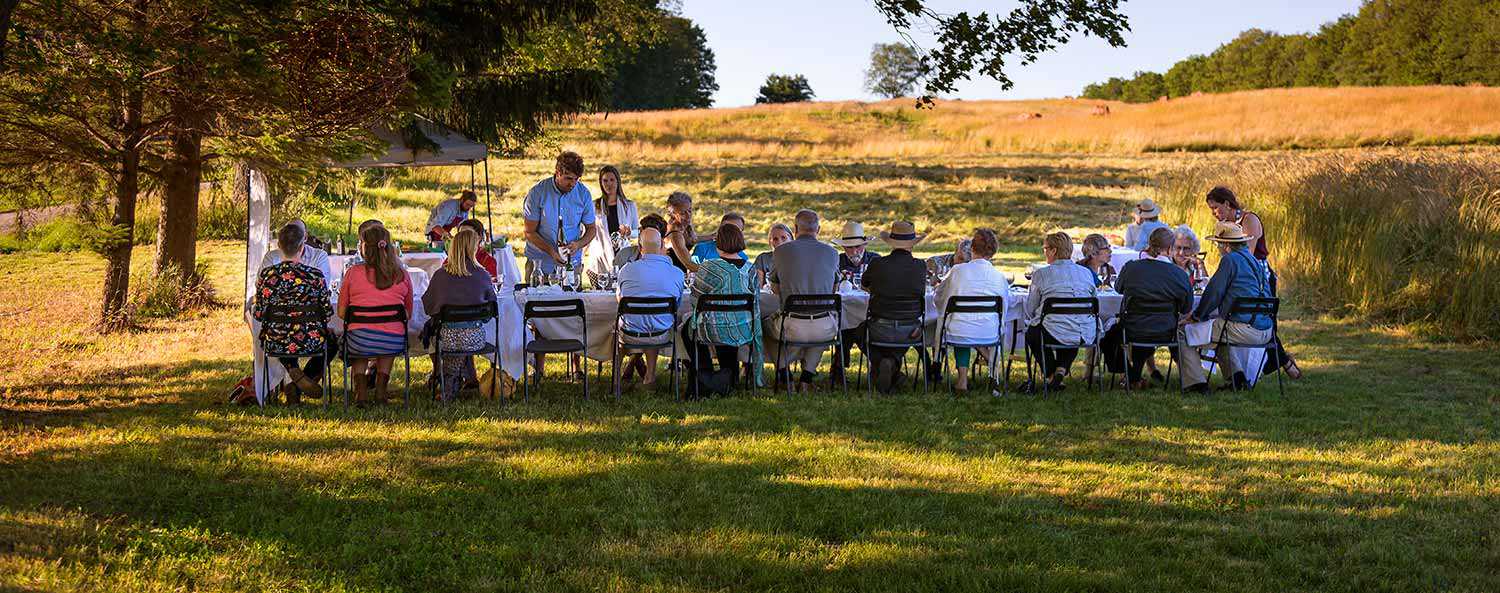
- 08 Sep 2017
- Intangible heritage
Arts and creativity
Food - Author: Grayden Laing,
Back to the farm
My parents (Ken and Martha Laing) decided to forgo fossil fuels to protest the first Gulf War – driven by anticonsumerism, pacifism but also by...
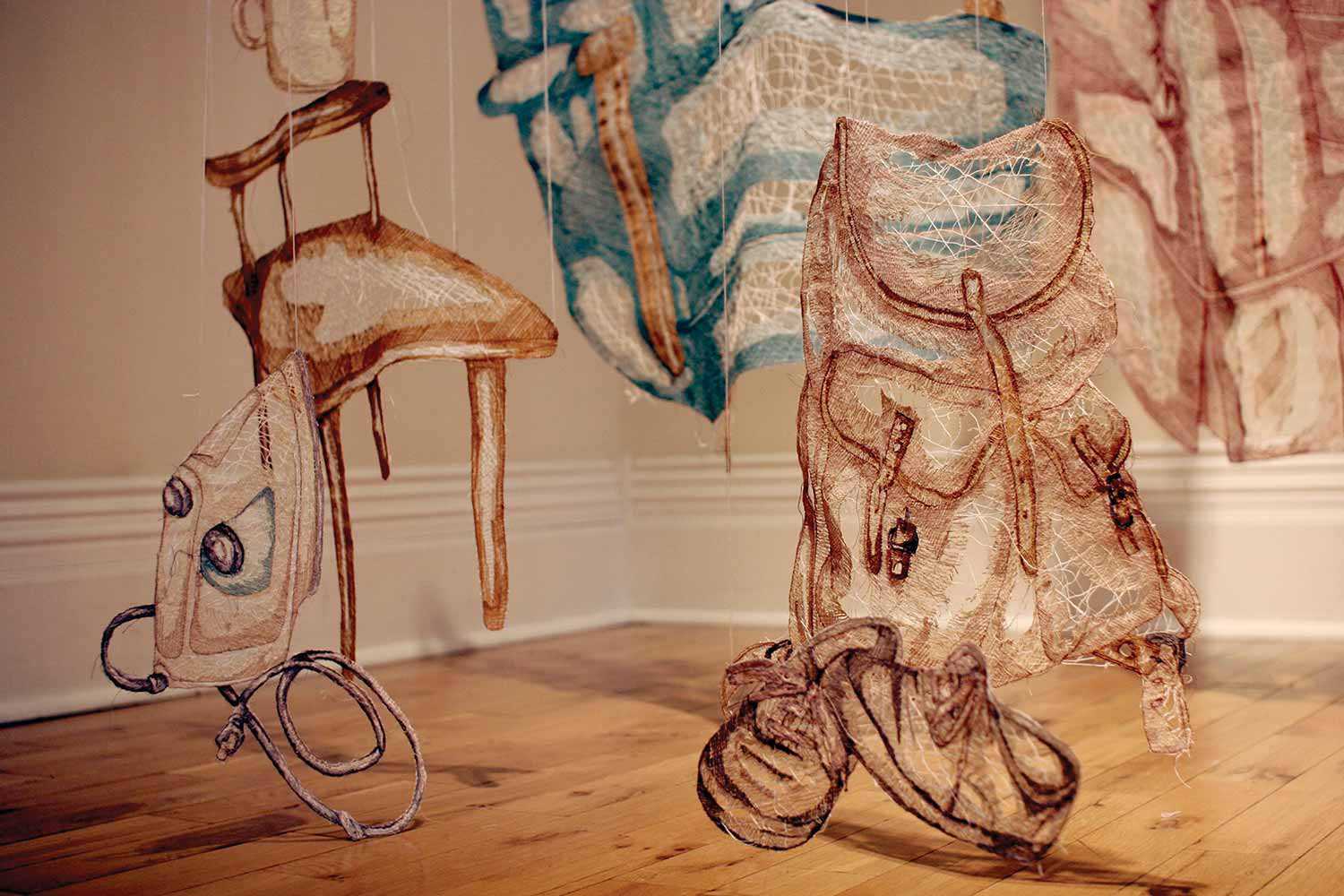
- 08 Sep 2017
- Intangible heritage
Arts and creativity - Author: Amanda McCavour,
A stitch in time
My interest in textiles and embroidery started with an interest in drawing and, even more specifically, an interest in line. While I was studying drawing...
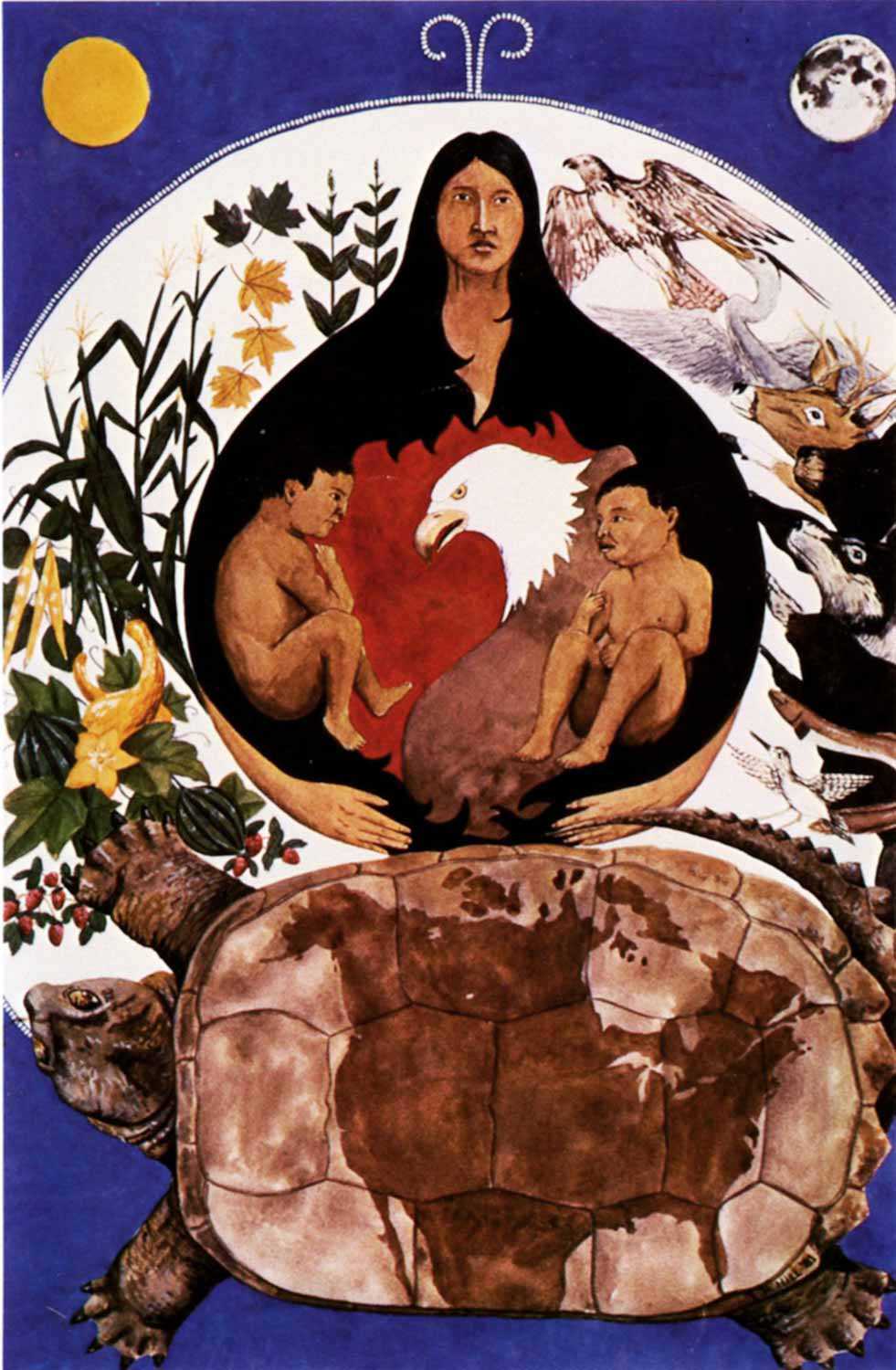
- 08 Sep 2017
- Intangible heritage
Indigenous heritage
Arts and creativity - Author: Rick Hill,
Clay connection – Indigenous living and creativity
A couple of decades ago, I witnessed a friendly debate between a white historian and an Indigenous ethnologist. The well known historian, who just happened...
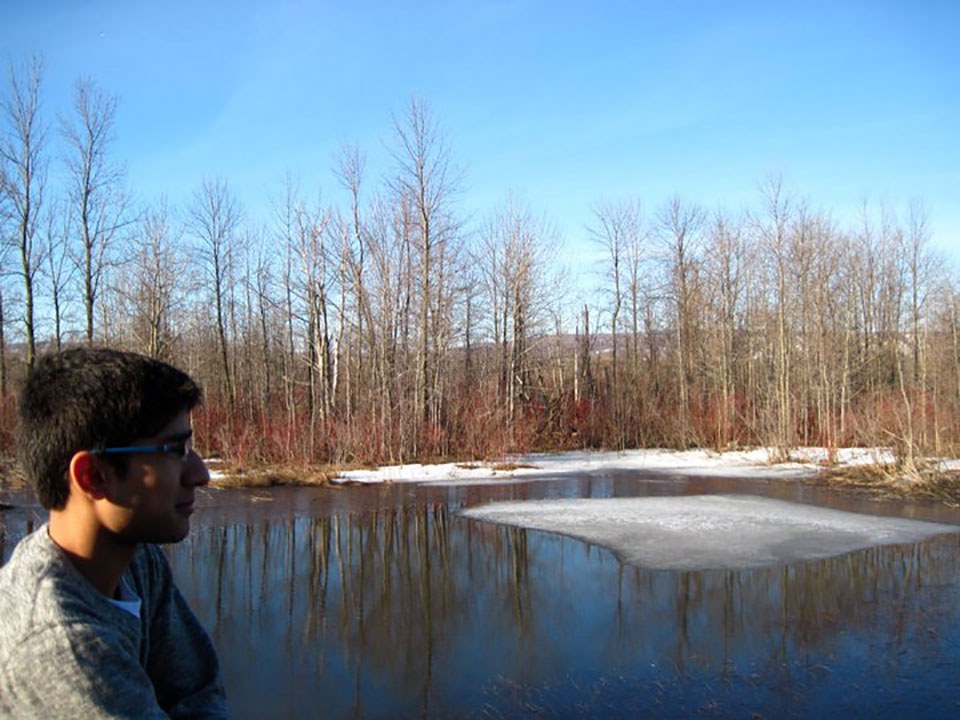
- 17 Feb 2017
- Natural heritage
- Author: Muhammad Qureshi,
Our natural fingerprint
The magic began on a cold autumn afternoon after a hockey game with friends. I was walking home through a trail and the leaves had...

- 17 Feb 2017
- Natural heritage
MyOntario - Author: Steve Paikin,
Heaven on earth
A month before Ontario turns 150 years old, I’ll celebrate my 57th birthday. I’ve lived all but one of those years in the province of...

- 17 Feb 2017
- Natural heritage
MyOntario - Author: Yannick Bisson,
Reconnecting with nature
My first visit to Ontario, from Québec, was at about age 8. I have a distinct memory of arriving by car down the Don Valley...
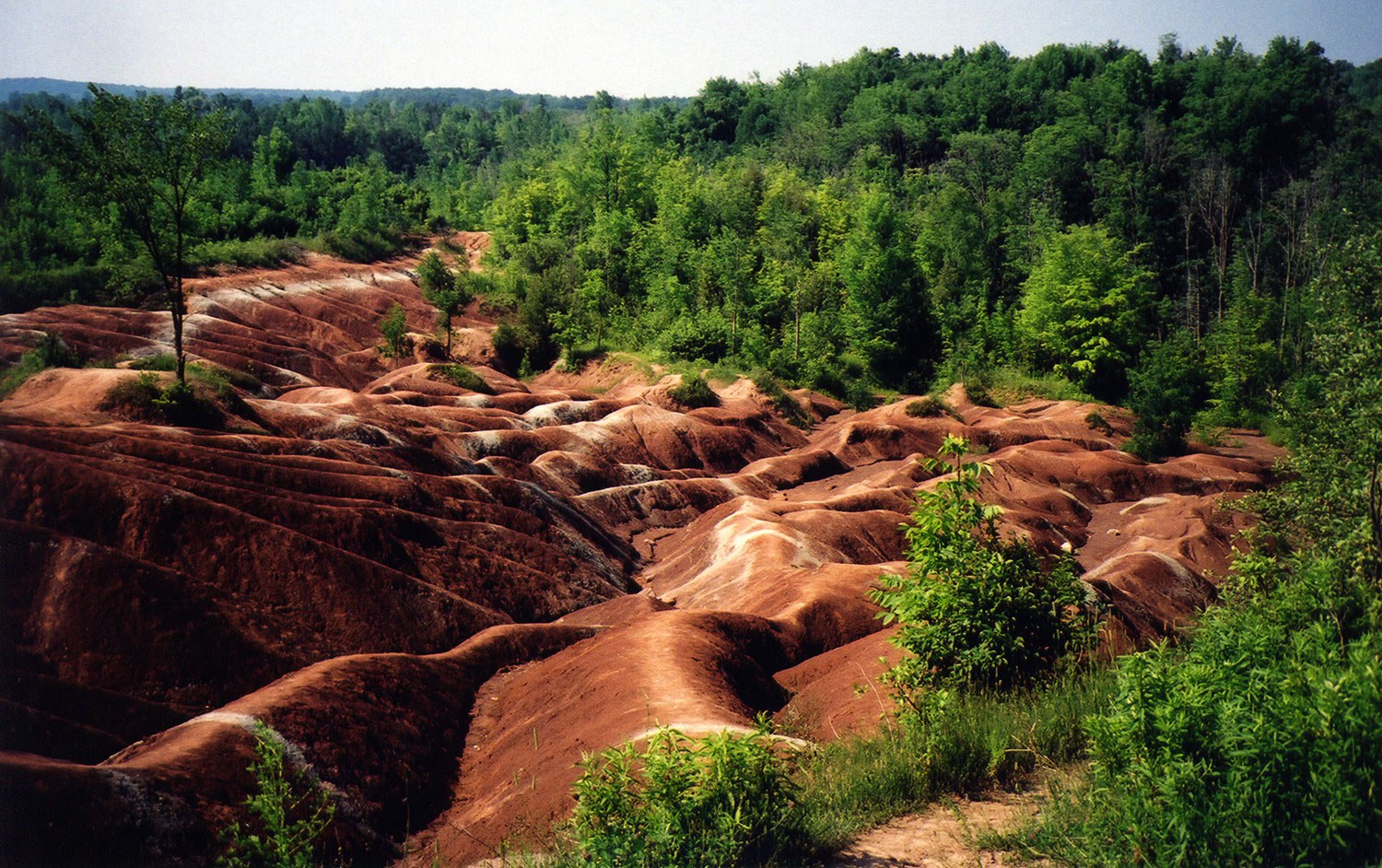
- 17 Feb 2017
- Natural heritage
MyOntario - Author: Joseph Desloges,
Celebrating the Chinguacousy Badlands
The Chinguacousy (“land of the young pines”) Badlands have been visited by hundreds of thousands of Ontarians. This rapidly eroding clay-shale bedrock at the foot...

- 17 Feb 2017
- Arts and creativity
- Author: Marshall Pynkoski,
Art in the face of adversity
Opera Atelier’s 30th anniversary in 2016 was a watershed season for the company. It marked our return to the Royal Opera House at Versailles and...
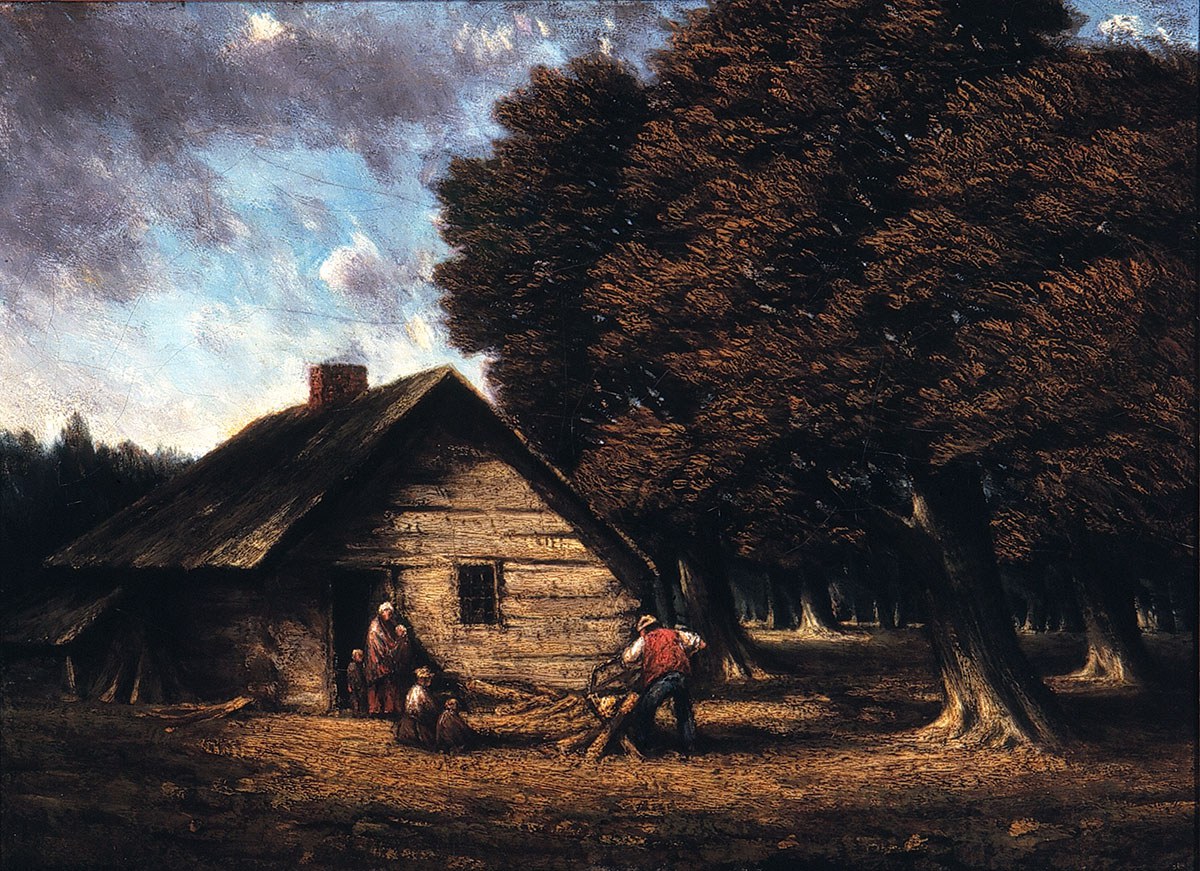
- 17 Feb 2017
- Arts and creativity
MyOntario - Author: Thomas H.B. Symons,
Homer Watson: Ontario’s pioneer artist
Homer Watson’s paintings and drawings captured the spirit of pioneer Ontario much as, in a later generation, the work of the Group of Seven captured...

- 17 Feb 2017
- Arts and creativity
MyOntario - Author: Todd Stewart,
Highway 11, near Hearst
I feel the deepest connection with a place when I’m alone in it, surrounded by silence, the rest of the world far away. The stillness...

- 17 Feb 2017
- Natural heritage
MyOntario - Author: Michael Runtz,
Drawn back to Algonquin
Being a lifelong naturalist whose goal has been to explore Ontario’s natural history, I’ve come to appreciate just how rich this province’s biodiversity is. The...

- 12 Feb 2016
- Women's heritage
Medical heritage - Author: Dr. Charles Hayter,
Vera Peters and the fight against breast cancer
Today, women with early breast cancer are usually treated with breast conserving therapy (removal of the cancerous lump followed by radiation). This approach is a...

- 05 Dec 2014
- Indigenous heritage
Natural heritage - Author: Erin Semande,
Along the Ottawa River
The original Trans-Canada Highway The Ottawa River is one of Canada’s most important transportation routes, playing an integral role in many of the key stories...

- 14 Feb 2014
- Buildings and architecture
Arts and creativity
Adaptive reuse - Author: Janet Gates,
One hundred years of entertainment
Birthdays are about celebration and, in the case of Toronto’s Elgin and Winter Garden theatres, a toast to 100 years of entertainment history. In 2013...

- 06 Sep 2013
- Buildings and architecture
Arts and creativity - Author: Erin Semande,
Partnering for conservation
The Ontario Heritage Trust has a number of conservation tools available to protect and preserve heritage throughout the province. Conservation easements are voluntary legal agreements...

- 06 Sep 2013
- Buildings and architecture
Arts and creativity
Adaptive reuse - Author: Thomas Wicks,
Treading the boards
Performance venues command an important presence in Ontario communities. They tell us about the aspirations of the people who built them, and they reflect the...
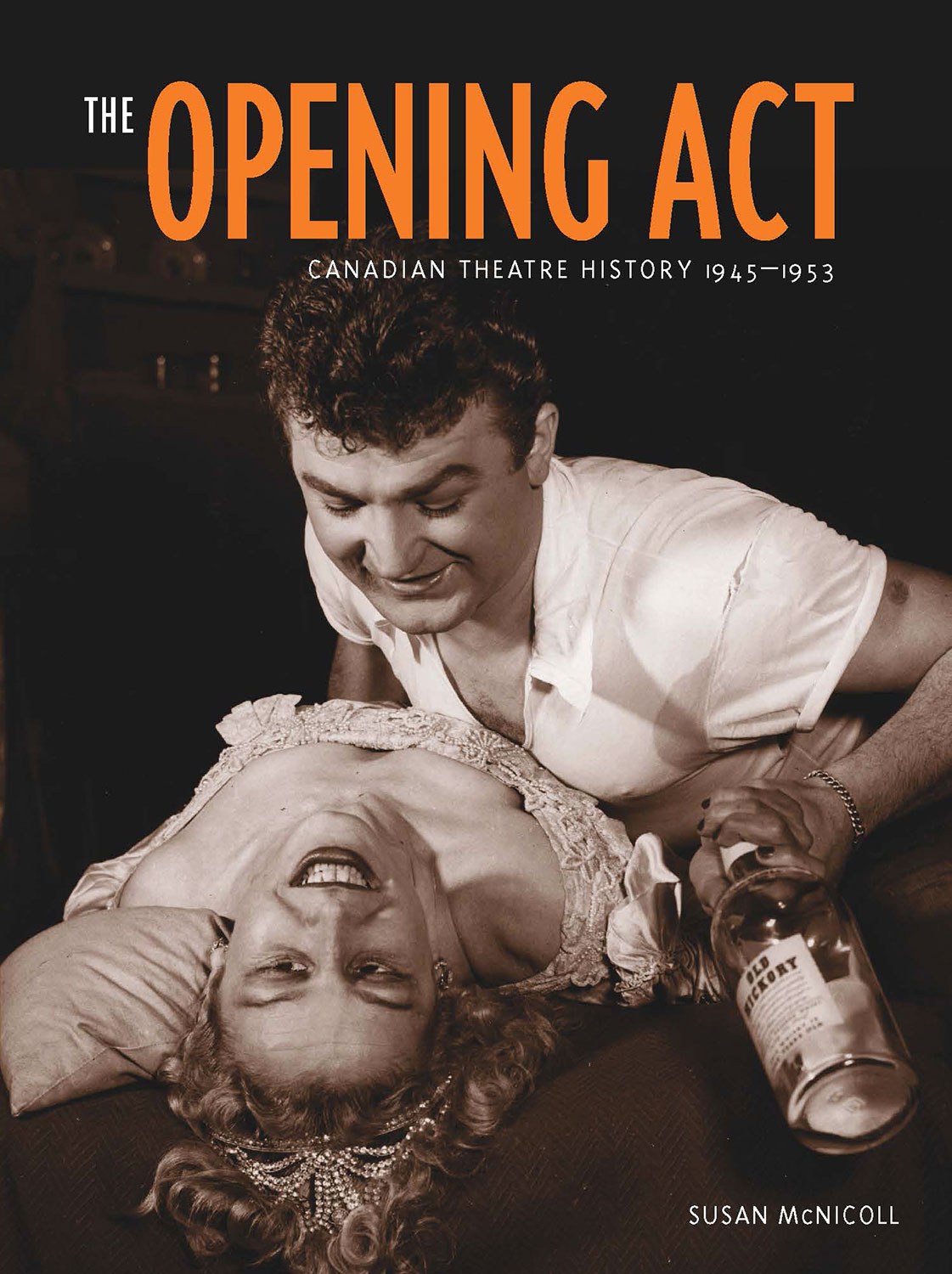
- 06 Sep 2013
- Arts and creativity
- Author: Ontario Heritage Trust,
Resources: Ontario’s theatrical heritage in the spotlight
... the shelf The Opening Act: Canadian Theatre History 1945-1953, by Susan McNicoll. Ronsdale Press, 2012. The conventional opinion is that professional Canadian theatre began...
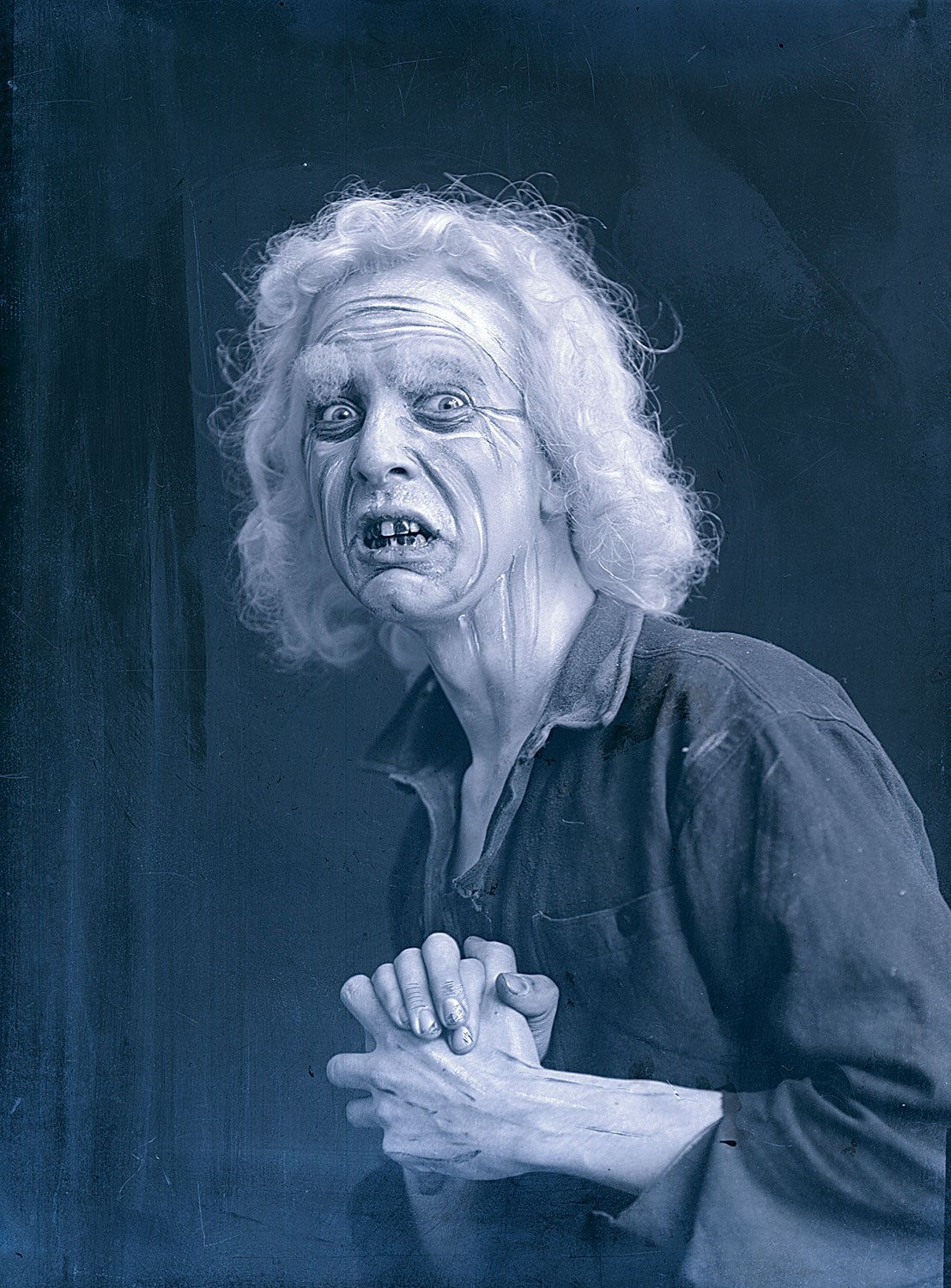
- 06 Sep 2013
- Arts and creativity
- Author: Jim Leonard,
Bringing vaudeville back into the limelight
The vaudeville era is one of the more remarkable chapters in the history of theatre and performance. Vaudeville was a dazzling and colourful genre of...

- 06 Sep 2013
- Buildings and architecture
Arts and creativity
Adaptive reuse - Author: Pamela Cain,
Second run: A new life for an Ontario theatre
Since the early 1970s, Magnus Theatre in Thunder Bay has made a commitment to urban renewal and the reuse and repurposing of community buildings. The...
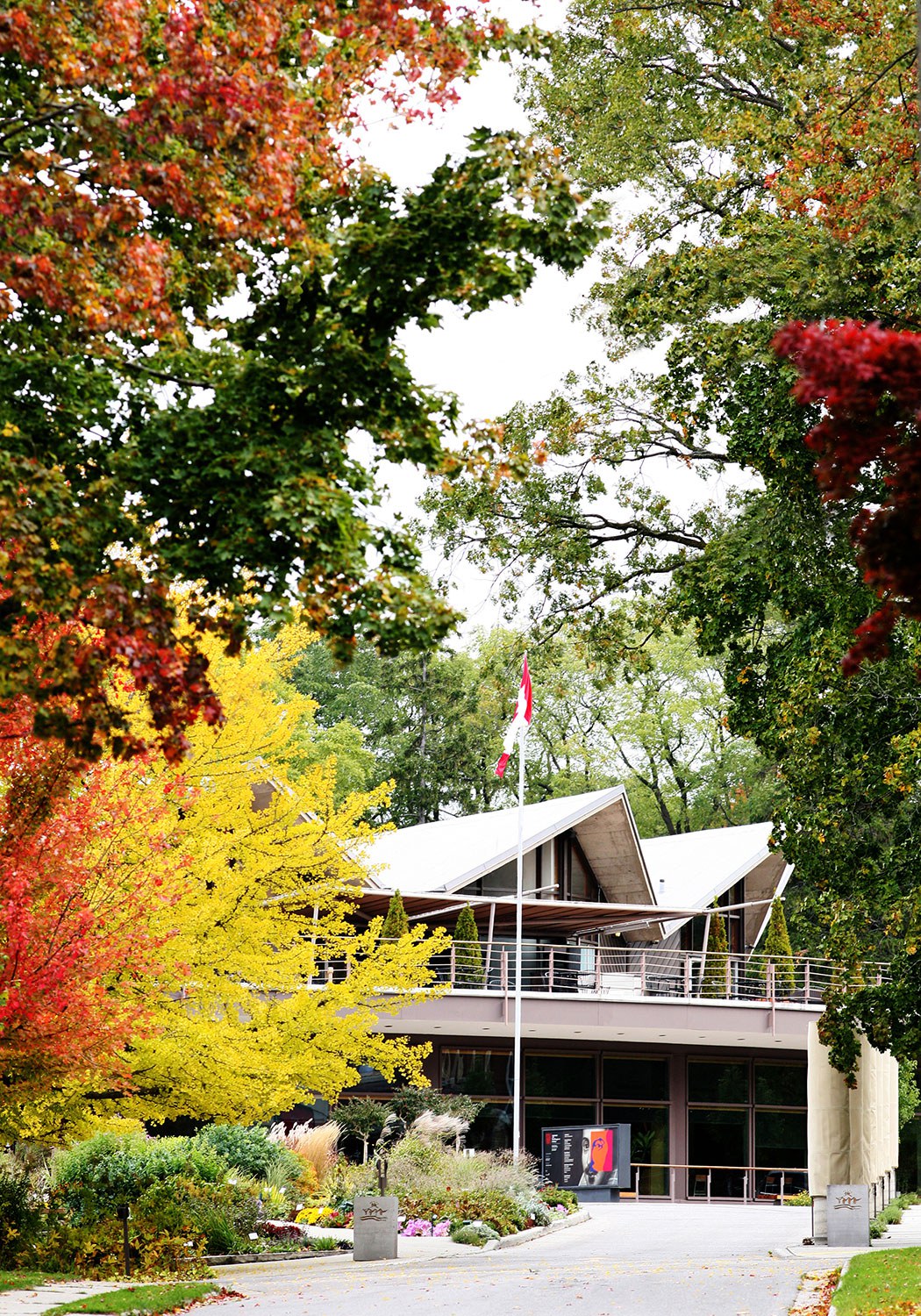
- 06 Sep 2013
- Arts and creativity
- Author: Ellen Flowers and Gordon Pim,
From Stratford to Shaw: Transforming smalltown Ontario
It’s hard to imagine either Stratford or Niagara-on-the-Lake being where they are today without their world-renowned theatre festivals. But, before these festivals opened their doors...

- 06 Sep 2013
- Buildings and architecture
Arts and creativity - Author: Wayne Kelly, Romas Bubelis, Brett Randall and Beth Hanna,
Perspectives: The Elgin Theatre at 100
Looking back by Wayne Kelly When theatre entrepreneur Marcus Loew brought Loew’s Theatrical Enterprises to Toronto in 1912, he envisioned an “intricate, moneymaking machine,” a...

- 06 Sep 2013
- Arts and creativity
- Author: Ellen Flowers and Gordon Pim,
The evolution of the panto
It is always entertaining to watch a troupe of actors sing, dance and throw their audiences into hysterics. This is something we witness every year...

- 15 Feb 2013
- Buildings and architecture
Arts and creativity - Author: Bruce Beaton,
Off the wall
Storytelling takes inspiration from many sources. Traditionally, museums weave a narrative from real objects: a vase, a coat, a building or a historical site. At...
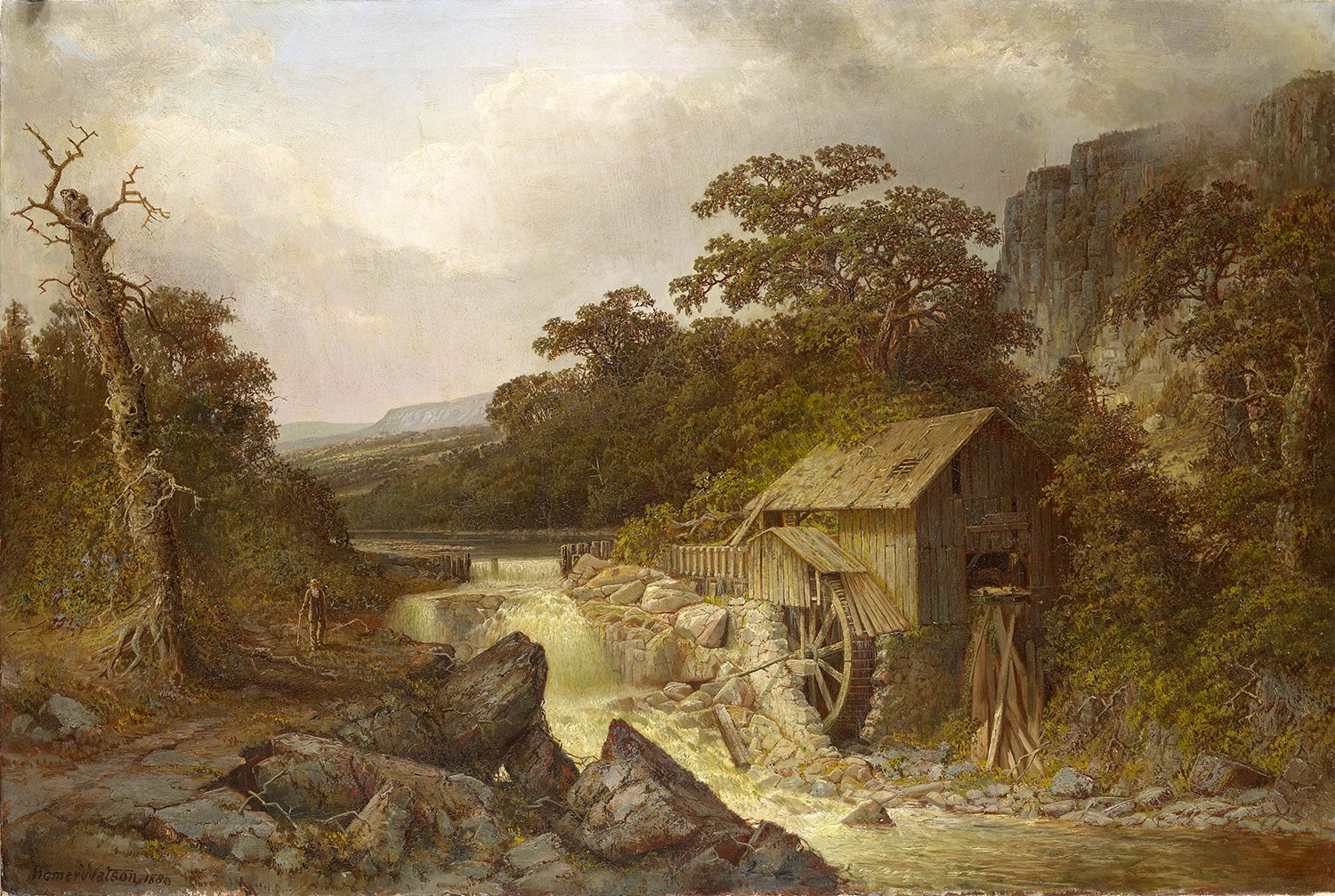
- 15 Feb 2013
- Arts and creativity
- Author: Faith Hieblinger,
The world according to Homer
The local newspaper writes: “In this new world, great painters are fewer than in older countries, but it may be said of Homer Watson that...

- 15 Feb 2013
- Archaeology
Arts and creativity - Author: Katherine McIntyre,
Archeological treasure in a provincial park
Reprinted with permission (Windspeaker, Volume 28, Issue 4, 2010) North America’s largest collection of petroglyphs remained undisturbed for centuries. Then in 1954, three geologists out...
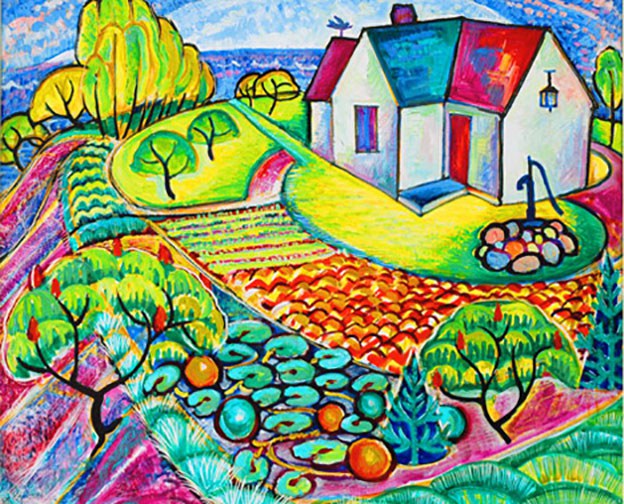
- 15 Feb 2013
- Arts and creativity
- Author: Sam Wesley,
Painted Ontario
Paintings are valuable sources of information for anyone interested in exploring our heritage. We can use them to glimpse into the past – to extract...
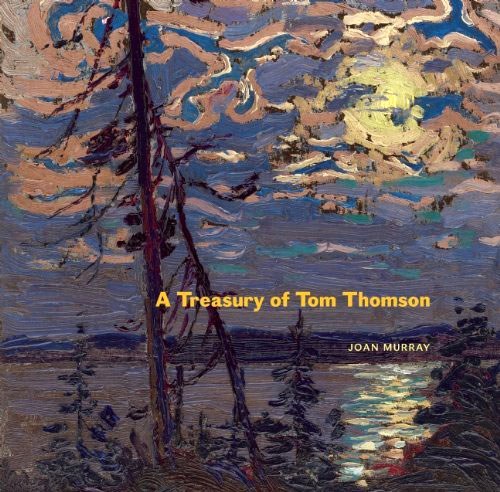
- 15 Feb 2013
- Arts and creativity
- Author: Ontario Heritage Trust,
Resources: Painted Ontario
What's on the shelf A Concise History of Canadian Painting, 3rd edition, by Dennis Reid. Oxford University Press, 2012. For more than 30 years, Dennis...

- 15 Feb 2013
- Arts and creativity
- Author: Lani Wilson,
Collections for the people: The Government of Ontario Art Collection
Of outstanding national and provincial significance, the Government of Ontario Art Collection at the Archives of Ontario began in the mid-19th century. It is comprised...
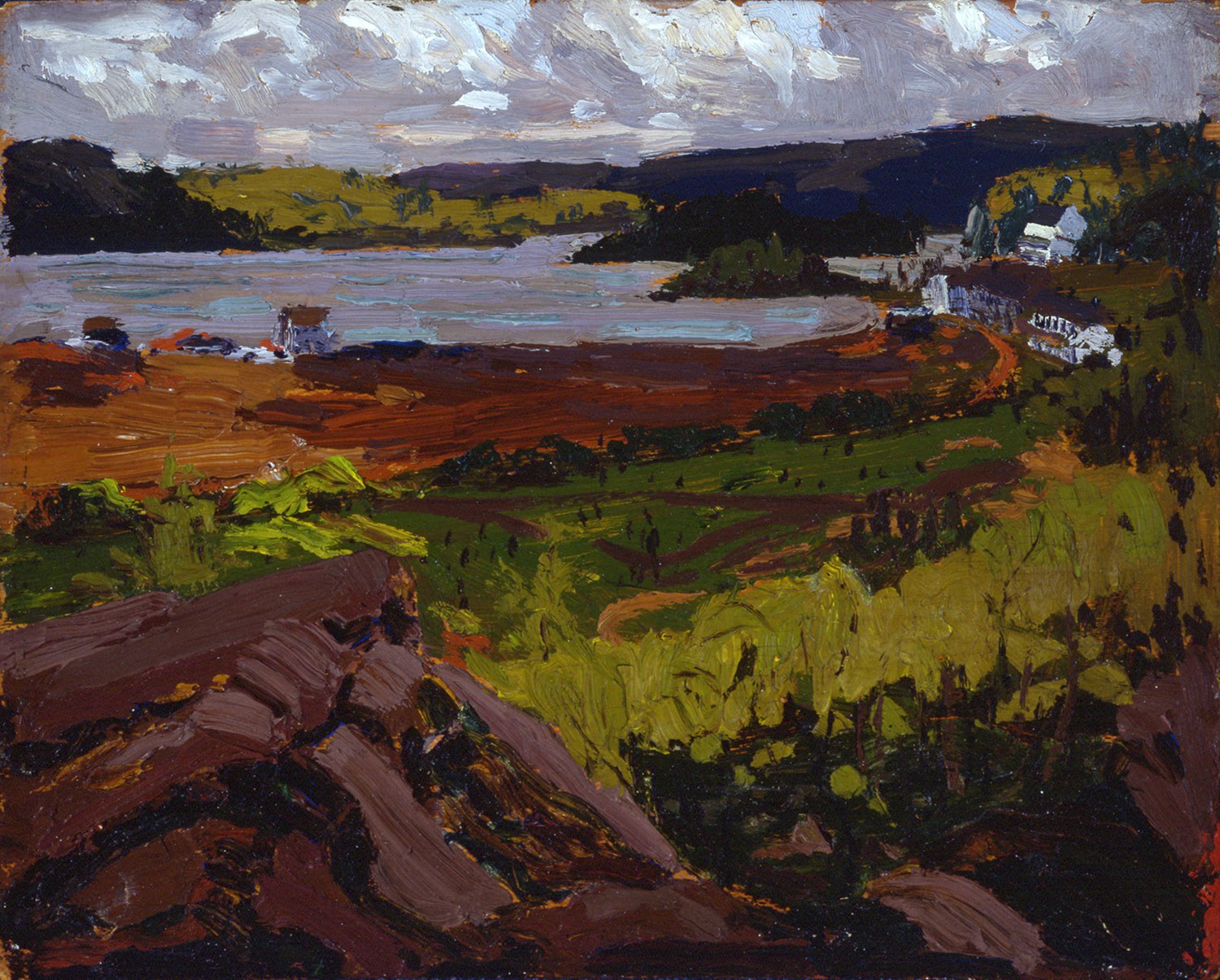
- 15 Feb 2013
- Arts and creativity
- Author: Beth Anne Mendes,
Communities embracing our landscapes
Ontario has been home to Canadian artists of all disciplines. Since the mid-19th century, painters particularly have worked to capture Ontario’s unique sense of place...

- 18 May 2012
- Arts and creativity
Francophone heritage - Author: Johanne Melançon,
Arts and culture in francophone Ontario
In the 19th century and the first half of the 20th, Ottawa was the centre of francophone cultural and literary life in Ontario. Live theatre...
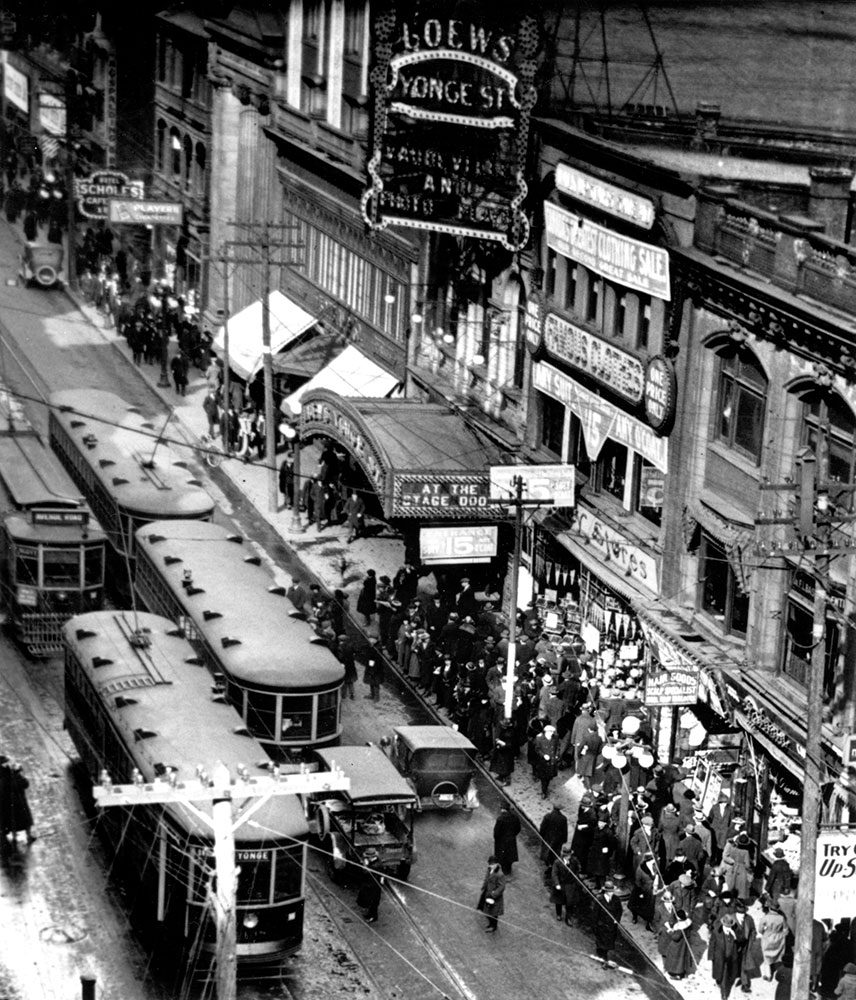
- 17 Feb 2012
- Arts and creativity
- Author: Ellen Flowers,
Not just another opening
It’s Monday, December 15, 1913 and the city of Toronto is abuzz with excitement over the opening of a new theatre. Loew’s Yonge Street Theatre...

- 10 Nov 2011
- Women's heritage
Black heritage - Author: Adrienne Shadd,
Wilma Morrison: A life of activism
By now, many people in the heritage community and the city of Niagara Falls, Ontario are familiar with the woman who is practically synonymous with...
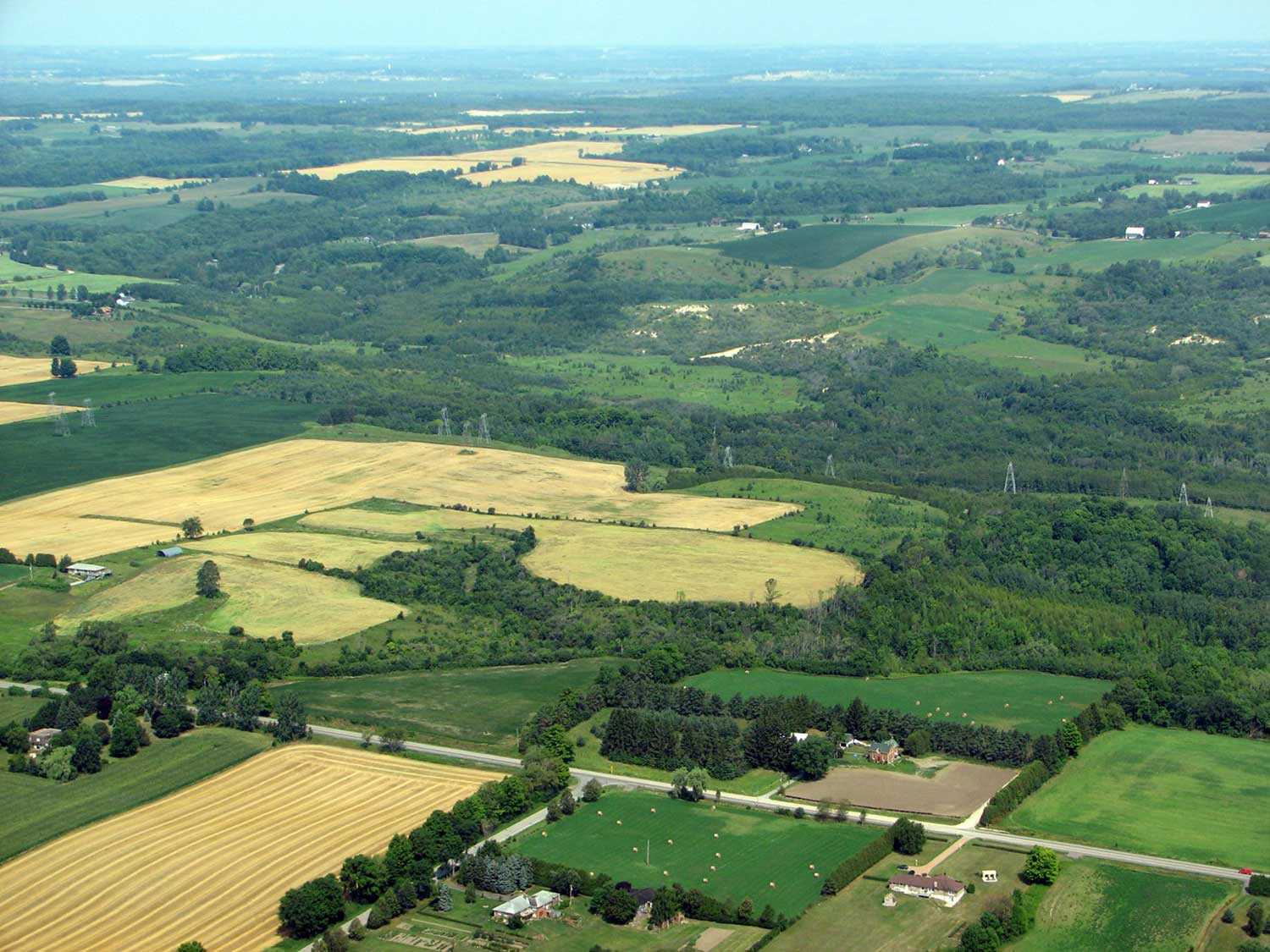
- 31 May 2011
- Natural heritage
- Author: Patricia Lowe,
The Enniskillen Valley Land Acquisition Project: Making stewardship count
Through the Enniskillen Valley Land Acquisition Project, The Ontario Heritage Trust and the Central Lake Ontario Conservation Authority (CLOCA) have successfully partnered to acquire natural...

- 31 May 2011
- Buildings and architecture
Natural heritage
Community
Tools for conservation - Author: Sean Fraser, Erin Semande and Mike Sawchuck,
Investing in preservation
It is an unfortunate reality that the preservation of our heritage remains the exception rather than the norm. What is a common-sense approach to living...

- 28 Jan 2011
- Women's heritage
Buildings and architecture
Arts and creativity
Adaptive reuse - Author: Catrina Colme,
Doris McCarthy’s Fool’s Paradise will inspire future generations of artists
With the passing of Doris McCarthy on November 25, 2010, the country lost a revered and talented artist, best known for her landscape paintings. McCarthy’s...
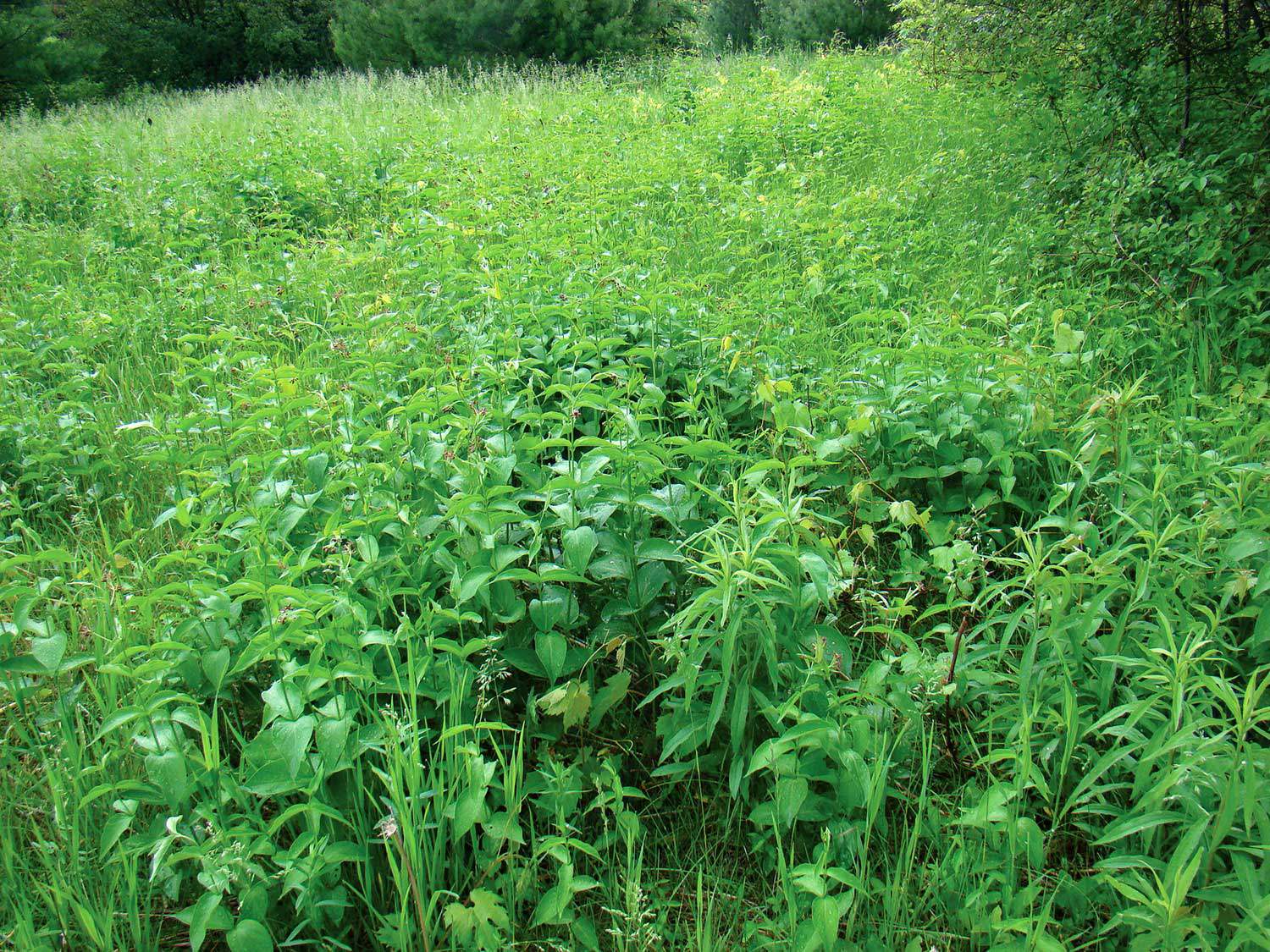
- 07 Oct 2010
- Natural heritage
- Author: Andrew Sokolowski and Susie Cameron,
Reclaiming Fleetwood Creek
It’s hard to put a price on experience. Students enrolled in Sir Sandford Fleming College’s Ecosystem Management Technology (EMT) program understand this. During the program’s...
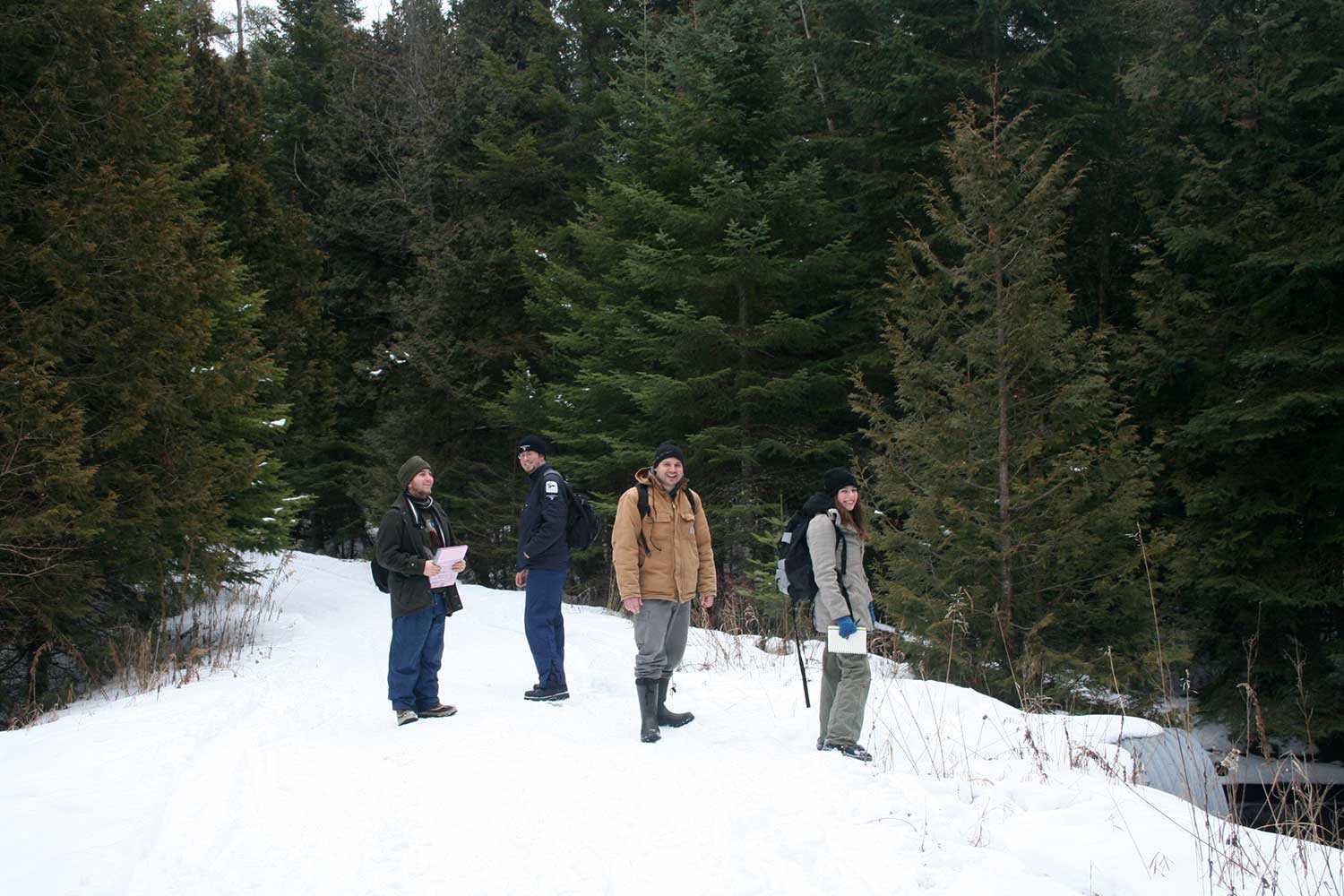
- 07 Oct 2010
- Natural heritage
- Author: Lesley Smith,
A plantation management strategy for Fleetwood Creek Natural Area
Fleetwood Creek Natural Area, a 360-hectare (890-acre) property on the Oak Ridges Moraine, is valued for its unique post-glacial geographic features, diverse resident breeding bird...
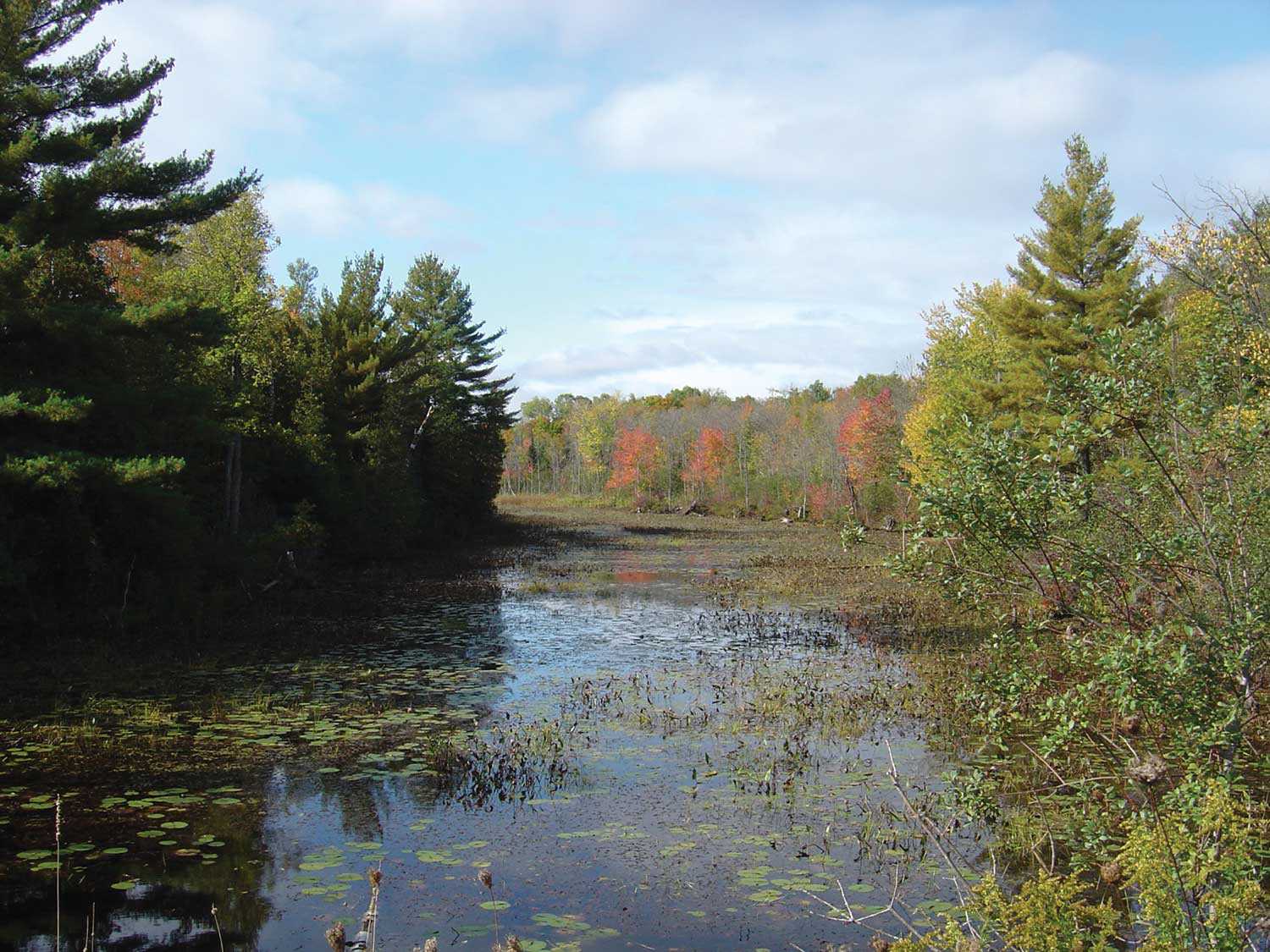
- 07 Oct 2010
- Natural heritage
- Author: Jeremy Collins and Barbara Heidenreich,
Saving biodiversity, one property at a time
What do wetlands and forest nesting sites for northern goshawks in eastern Ontario have in common with south-central Ontario cold-water streams harbouring brook trout and...
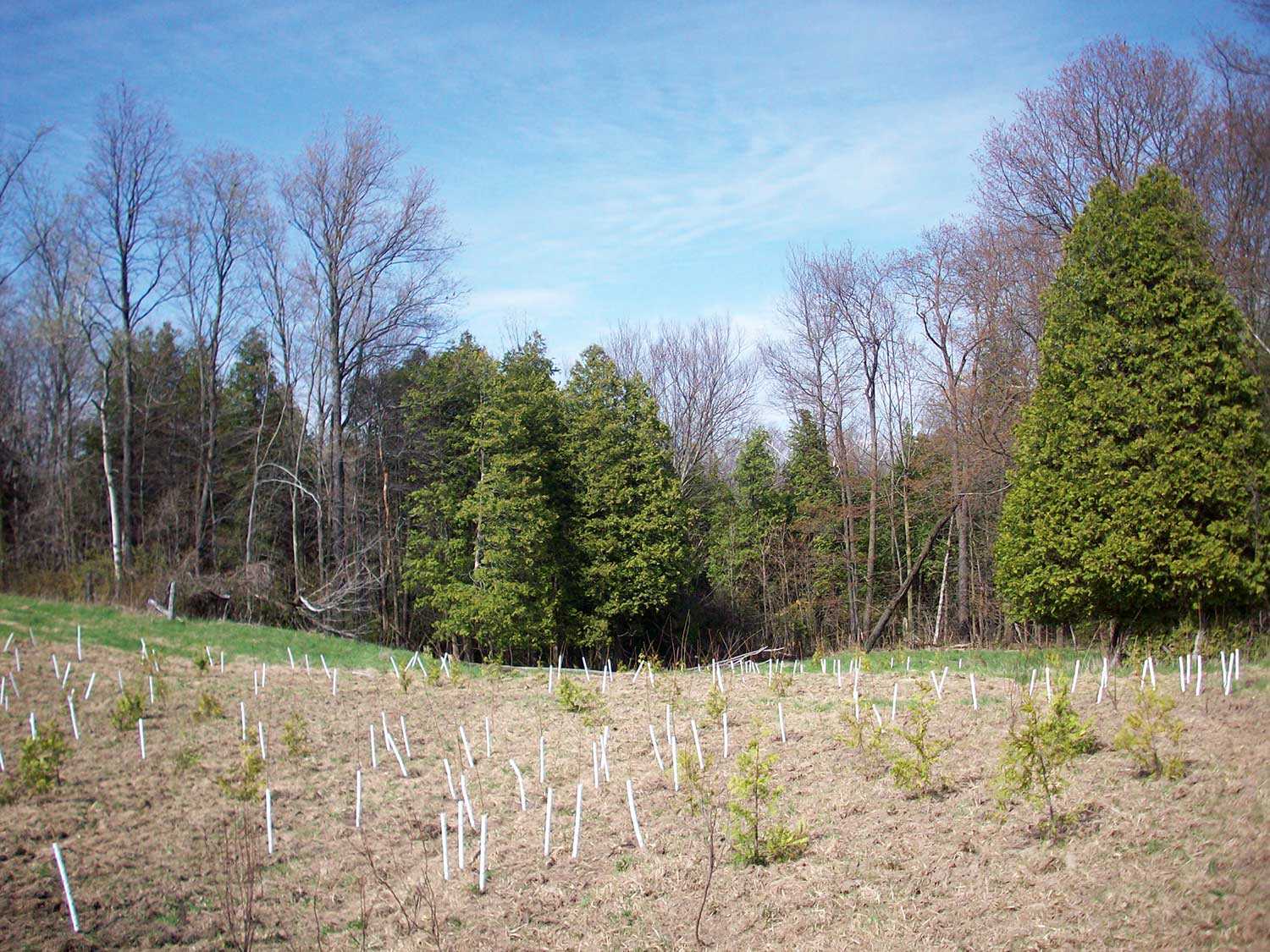
- 07 Oct 2010
- Environment
Natural heritage - Author: John Stille,
New life for an old property
Heritage restoration is not limited to old buildings. Natural heritage properties, too, can be restored or adapted to new uses for future generations to enjoy...

- 07 Oct 2010
- Environment
Natural heritage - Author: Don Pearson, Barbara Heidenreich and Sean Fraser,
Biodiversity in Ontario: Taking up the challenge
Many are familiar with high-profile threatened species such as polar bears, whose habitat is in flux and whose numbers are dropping, or bald eagles, once...

- 07 Oct 2010
- Environment
Natural heritage - Author: Rebecca Margel,
Working with stewards and partners
The Ontario Heritage Trust owns over 160 natural heritage properties and protects over 40 natural heritage sites with easements. Because the Trust cannot manage and...

- 07 Oct 2010
- Natural heritage
- Author: Chris Earley and Brad Bass,
Enhancing urban biodiversity
Inside the Gosling Wildlife Gardens By Chris Earley Most gardeners are biodiversity geeks. “What little plant can I cram in there? Which spring bloomer can...
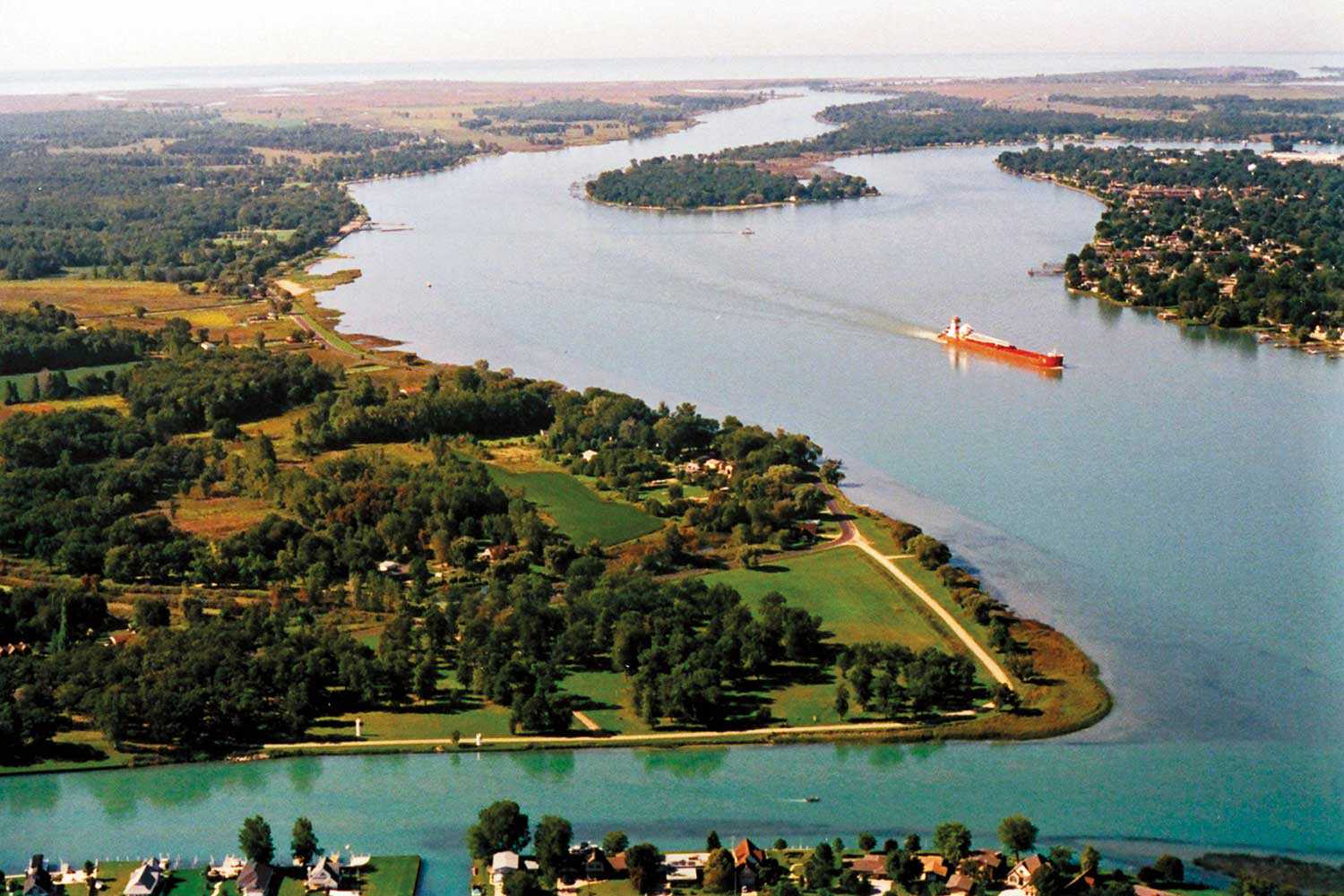
- 11 Feb 2010
- Indigenous heritage
Natural heritage - Author: Clint Jacobs,
Bkejwanong: Sustaining a 6,000-year-old conservation legacy
Nestled at the mouth of the St. Clair River on Lake St. Clair in southwestern Ontario is the Walpole Island First Nation or “Bkejwanong,” meaning...
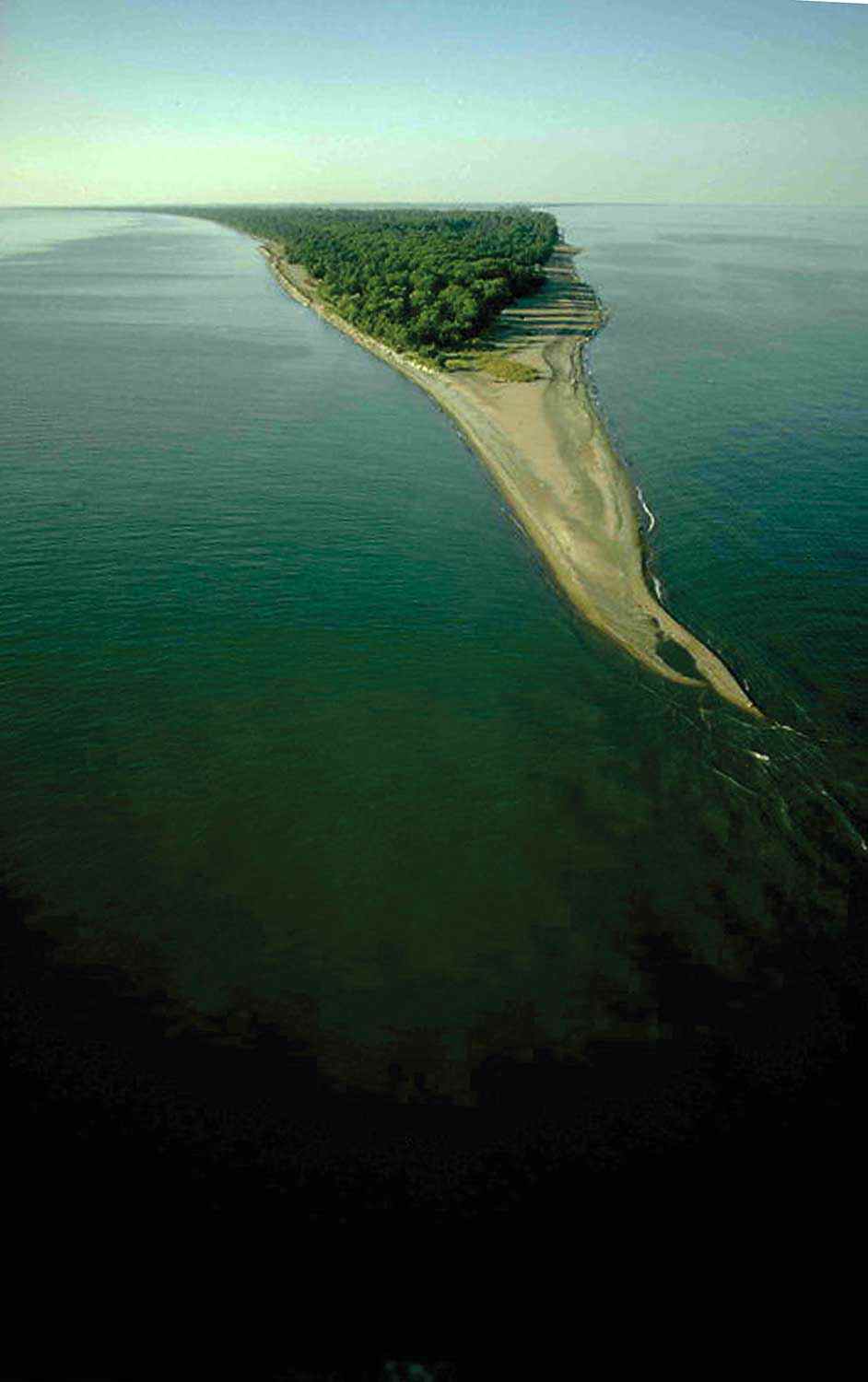
- 11 Feb 2010
- Arts and creativity
- Author: Ontario Heritage Trust,
Resources: Exploring Ontario’s southern peninsula
What's on the shelf University of Toronto: An architectural tour, by Larry Wayne Richards Princeton Architectural Press. Originally built in the 19th century in a...

- 10 Sep 2009
- Buildings and architecture
Arts and creativity - Author: Nicholas Holman,
The music of worship
Goethe said that “architecture is frozen music,” but why did he say this? Was it because Christian church interiors, with their columns and arches, seem...

- 10 Sep 2009
- Buildings and architecture
Arts and creativity - Author: Erin Semande,
Art in the church and the church in art: Work of the Group of Seven
Talented and renowned artists have long been commissioned to decorate the interiors of places of worship, where they often turn the walls and ceilings into...

- 10 Sep 2009
- Buildings and architecture
Arts and creativity
Cultural objects - Author: John Wilcox,
Adventures in light and colour
Light is a fundamental aspect of all architecture, especially places of worship. Light has always been considered a manifestation of the spirit, providing guidance, comfort...

- 28 May 2009
- Buildings and architecture
Natural heritage
Community - Author: Tamara Chipperfield and Kiki Aravopoulos,
Heritage in harmony: The integration of natural and cultural landscapes
Approximately 11,000 years of human culture are recorded in Ontario’s landscapes. Most existing natural landscapes in Ontario today have intrinsic cultural heritage meaning and significance...

- 28 May 2009
- Environment
Natural heritage - Author: Meagan McKeen,
Working for change
Protecting the environment and natural heritage has become an important part of my life over the past few years. While busy as a Grade 1...

- 12 Feb 2009
- Natural heritage
- Author: Tamara Chipperfield,
Protecting Ottawa’s Carp Hills
Just north of the Village of Carp lie the Carp Hills – one of the largest and wildest natural areas within the City of Ottawa...

- 12 Jun 2008
- Natural heritage
- Author: Gordon Pim,
Along the Arctic Watershed
The Arctic Watershed follows an erratic course of some 2,240 kilometres (1,400 miles) across northern Ontario. It marks the point where rivers and streams in...

- 14 Feb 2008
- Buildings and architecture
Arts and creativity
Adaptive reuse - Author: Gordon Pim,
Raising the curtain: How the Winter Garden Theatre was rediscovered
In December 1913, Loew’s Yonge Street Theatre – the Canadian flagship of the mighty Loew’s empire – opened in Toronto. Two months later, the opulent...

- 15 Nov 2007
- Environment
Natural heritage - Author: Tony Buszynski, with photographs by Karen Abel,
Sustaining species at risk
Ontario, with its broad geography, is blessed with incredible biologically diverse landscapes. Most of us take this amazing biodiversity for granted and do not fully...
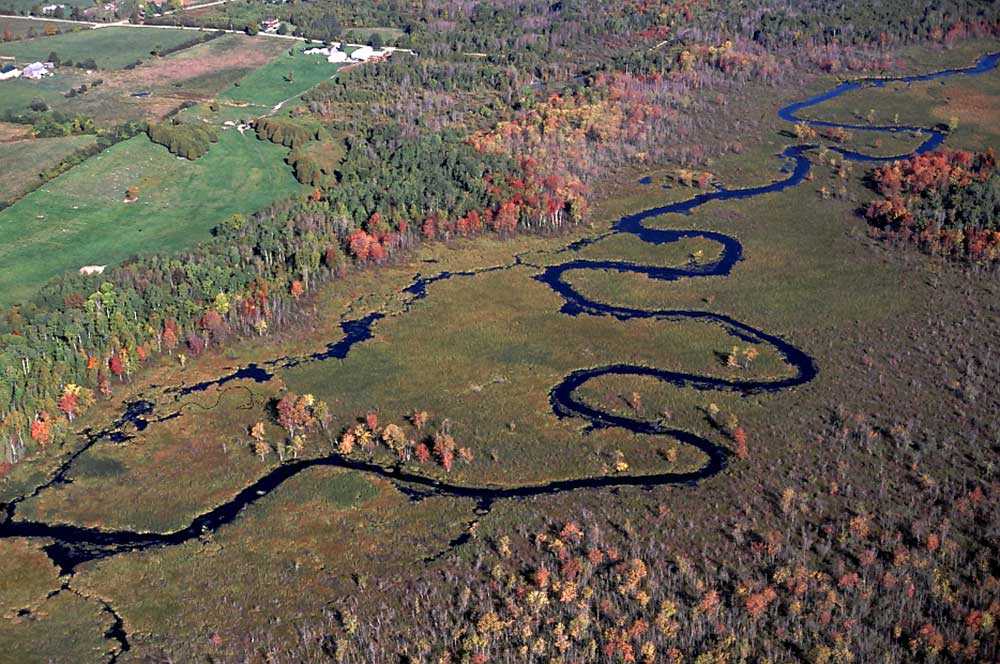
- 15 Nov 2007
- Environment
Natural heritage - Author: Tony Buszynski,
Exploring the Beaver River Wetland
In June 2007, the Lake Simcoe Region Conservation Authority (LSRCA) hosted a celebration to recognize the private and public efforts to protect two recently acquired...
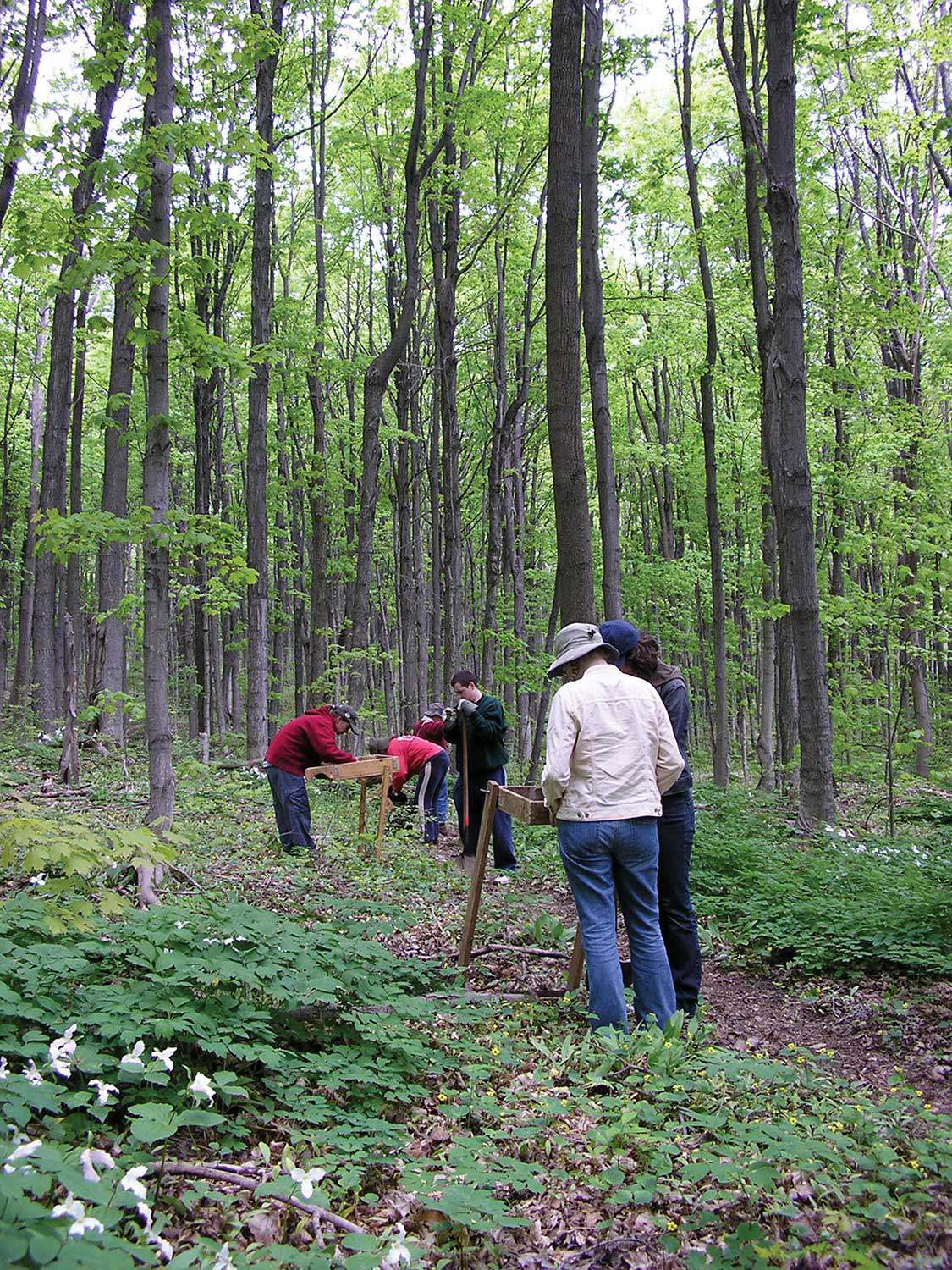
- 10 May 2007
- Archaeology
Natural heritage - Author: Dena Doroszenko and Sean Fraser,
Tools through time: Protecting the past for the future
Identifying and protecting places in our communities that have cultural heritage value is an important part of managing change. Heritage buildings, archaeological sites and cultural...
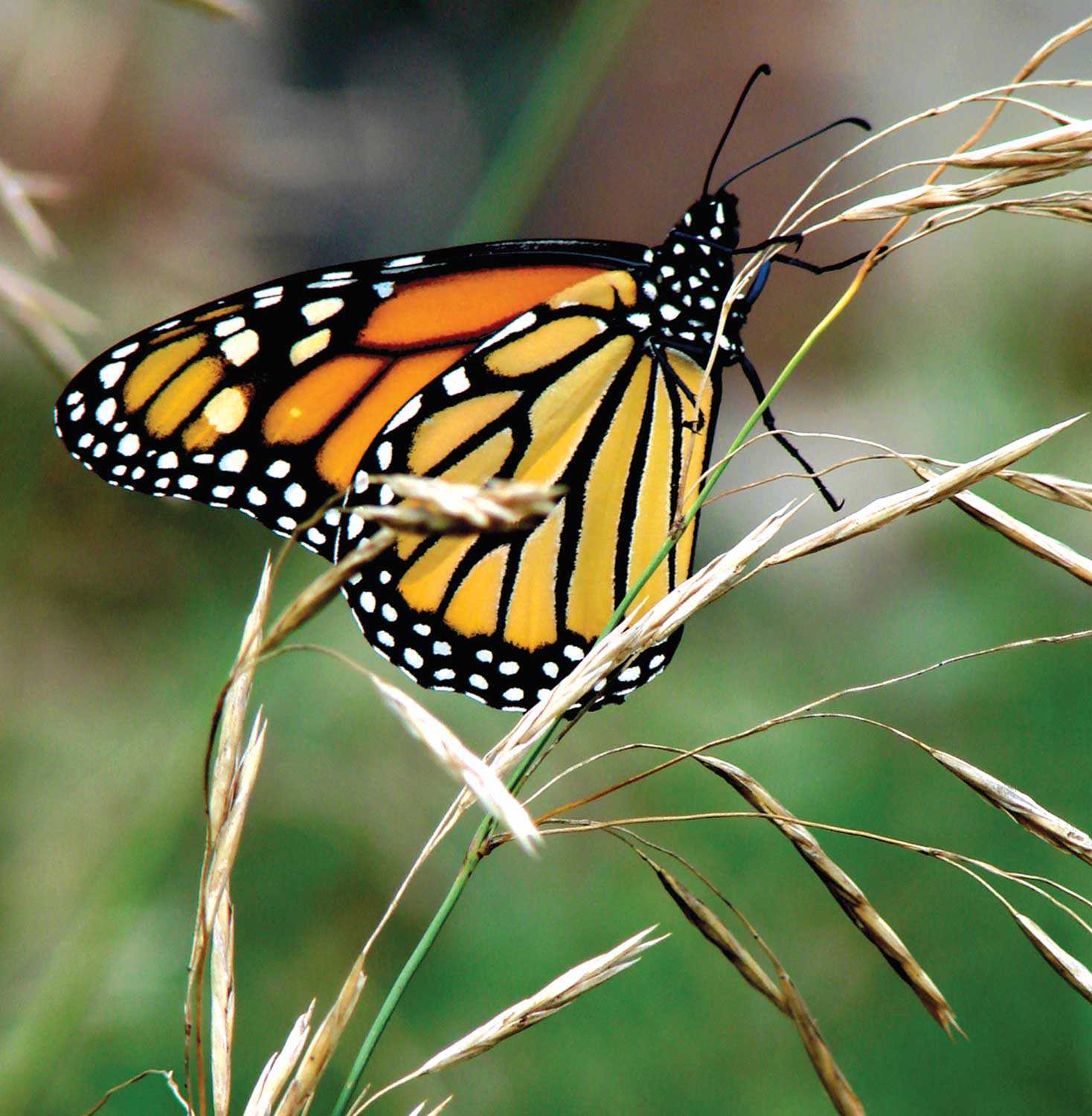
- 10 May 2007
- Environment
Natural heritage - Author: Karen Abel,
Species at risk: The monarch butterfly (danaus plexippus)
The beautiful Monarch butterfly is the most recognized butterfly in North America. What is not commonly known is that it is also a species at...

- 15 Feb 2007
- Environment
Natural heritage - Author: Paula Terpstra,
Along the Oak Ridges Moraine Trail
Hiking along the Oak Ridges Moraine Trail offers a memorable experience. Situated close to the Greater Toronto Area, the Trail provides an opportunity to encounter...

- 15 Feb 2007
- Black heritage
Buildings and architecture
Natural heritage - Author: Gordon Pim,
Heritage by numbers
Ontario’s heritage is an immense and complex jigsaw puzzle. Every individual element of heritage creates a whole . . . a sort of heritage by...
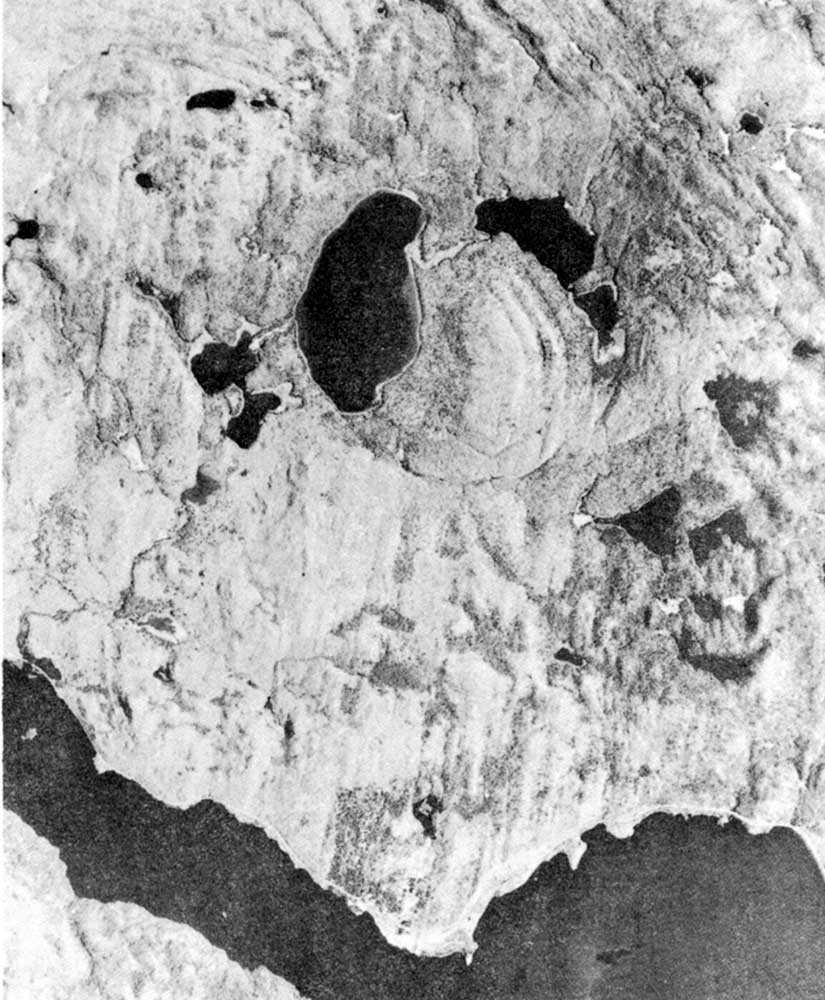
- 25 May 2006
- Natural heritage
- Author: Catrina Colme,
Giant meteorite slams Algonquin Park
Well, that would have been the headline 450 million years ago. Today, it is a fascinating mark on our natural landscape. This is not a...

- 25 May 2006
- Environment
Natural heritage - Author: Tony Buszynski,
It’s not easy staying green: Working for a green and healthy Ontario
Natural heritage conservation can be traced back to the early times of the First Nations, whose close relationship with nature was reflected in religious beliefs...
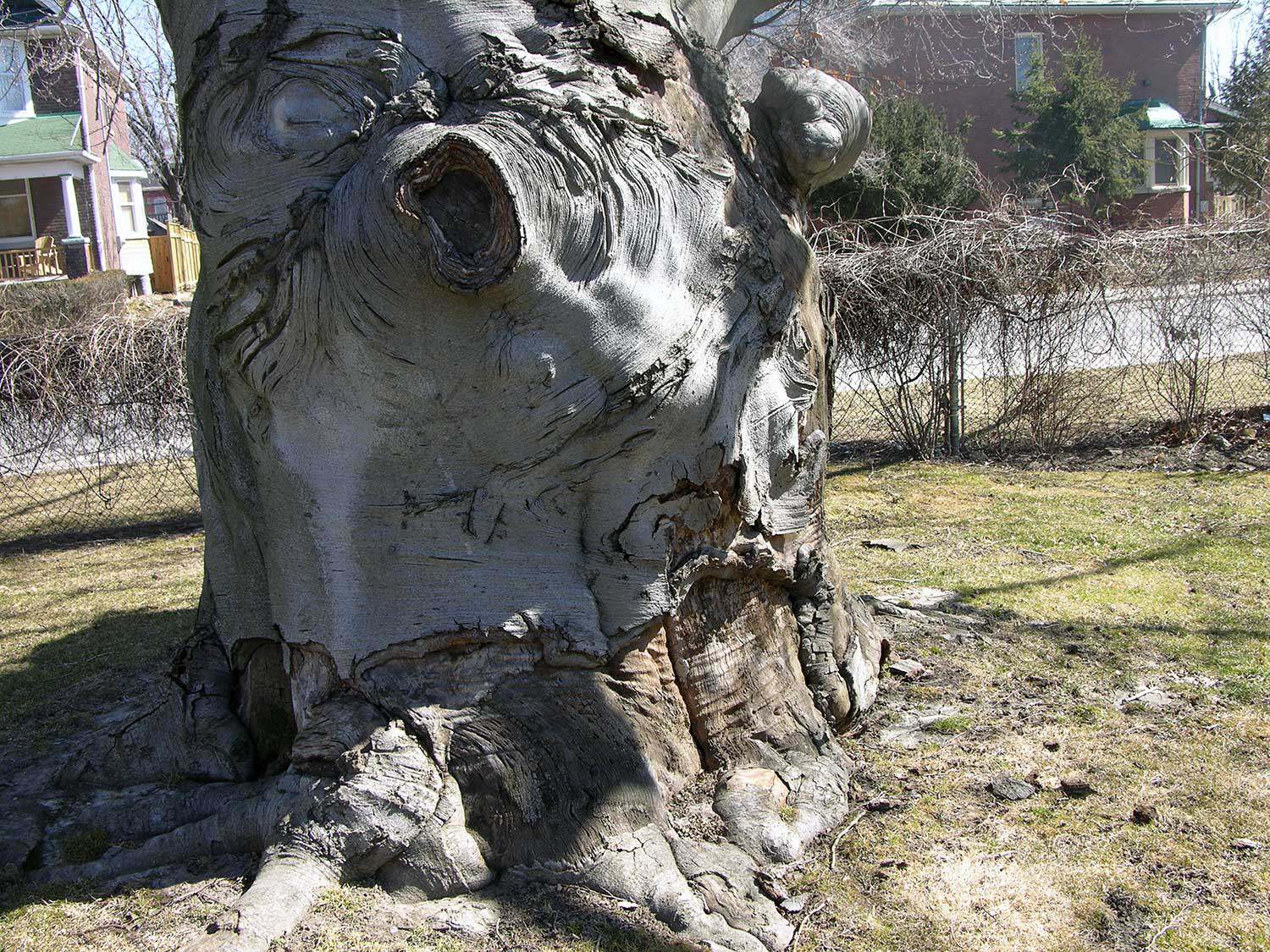
- 25 May 2006
- Natural heritage
- Author: Fran Moscall,
Remarkable trees – Heritage tree preservation in Ontario
What is heavier than any land animal, taller than most buildings, older than many ancient monuments? One of the world’s oldest living organisms are –...

- 25 May 2006
- Natural heritage
- Author: Paula Terpstra,
Making tracks
Ontario’s 64,000-km network of trails traverses a varied landscape of wilderness, rural and urban areas. These trails range from waterways and portage routes to footpaths...

- 25 May 2006
- Natural heritage
- Author: Karen Abel,
Gardening for biodiversity
Many gardeners today are finding enjoyable and educational ways to participate in the promotion and preservation of Ontario’s natural heritage through the creation of habitat-inspired...
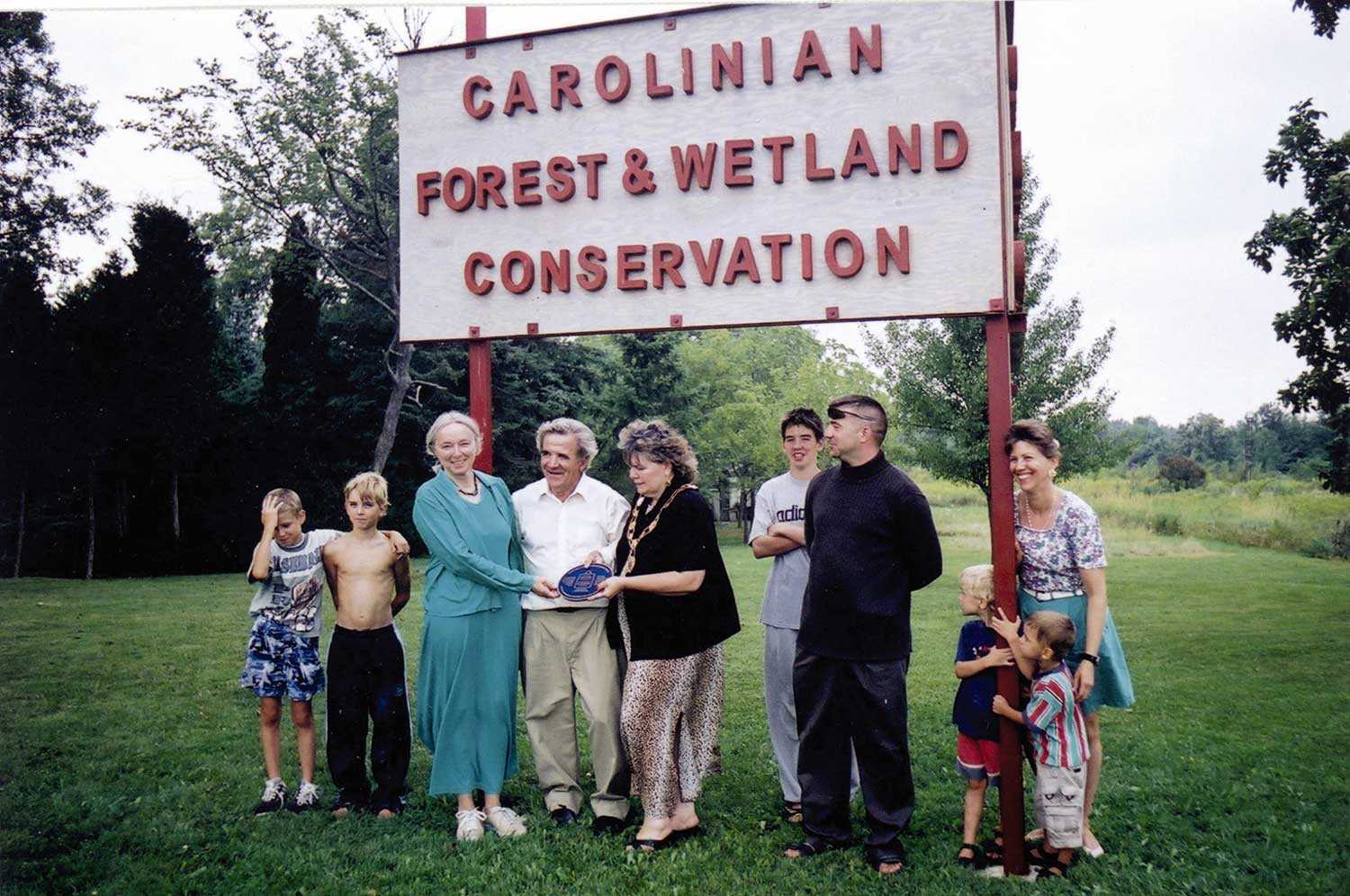
- 25 May 2006
- Natural heritage
Tools for conservation - Author: Jeremy Collins,
The anatomy of a heritage conservation easement: Building the framework for a conservation partnership
Private landowners are often faced with a difficult dilemma – how to preserve the heritage of their land for future generations in a world where...
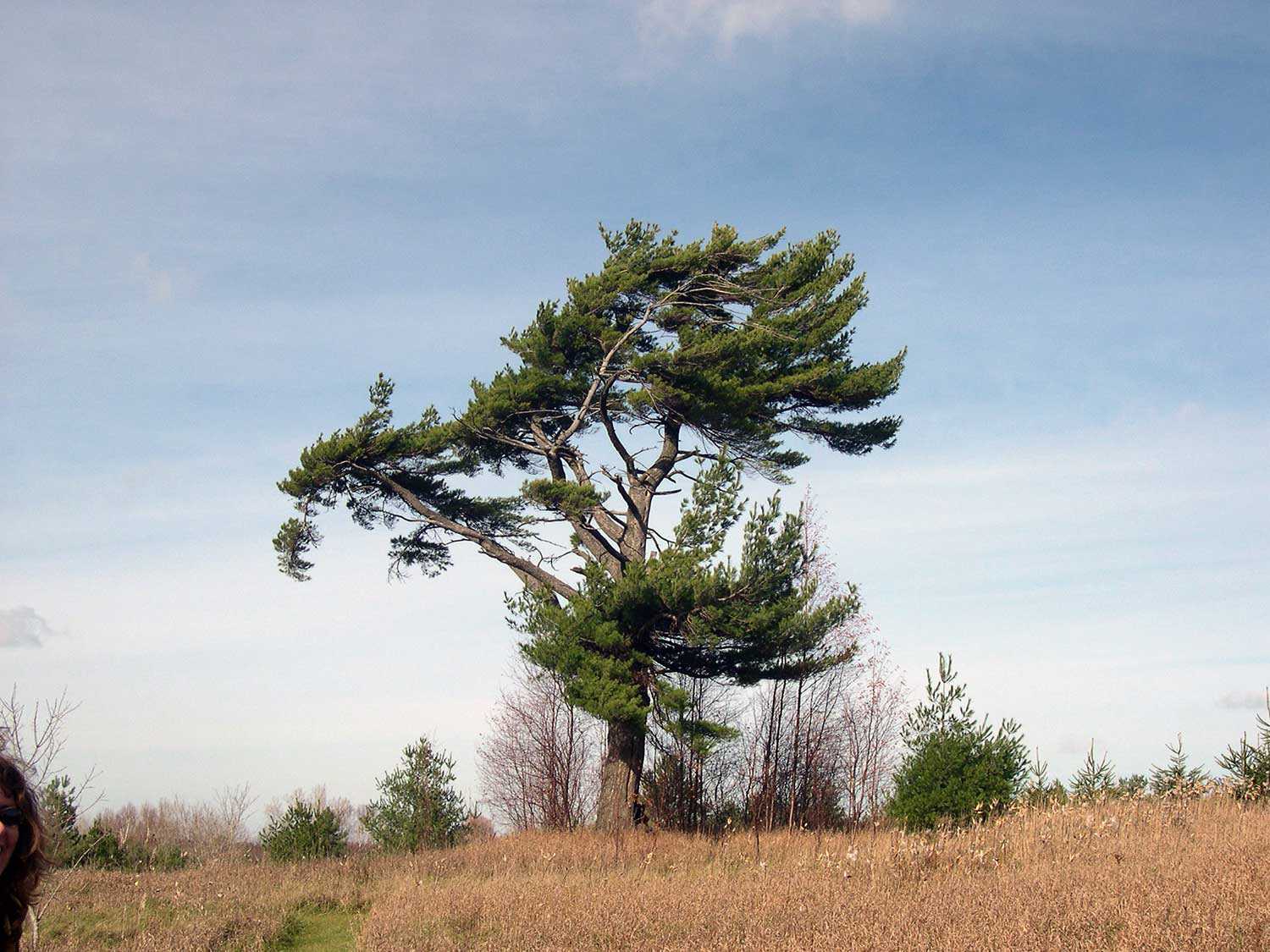
- 25 May 2006
- Natural heritage
- Author: Barbara Heidenreich,
Our provincial tree: The eastern white pine
Builders of British sailing ships during the 1800s sought the tall, straight white pine for the masts. The best trees in British North America were...
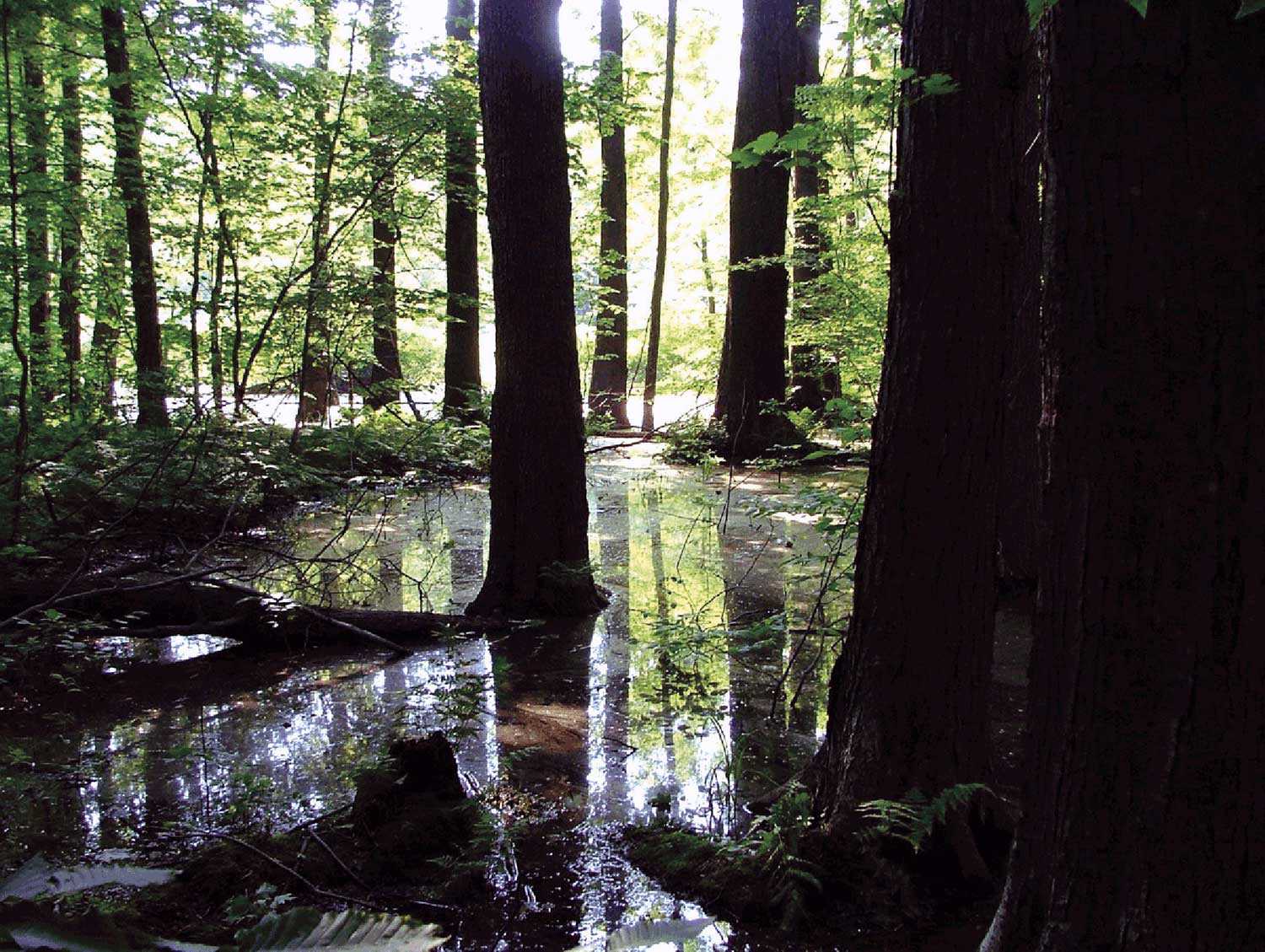
- 25 May 2006
- Natural heritage
- Author: Barbara Heidenreich,
Giving back to nature
Southwestern Ontario sustains the richest array of flora and fauna in the country. Known as Canada’s deep south, this area includes sassafras, flowering dogwood, tulip...
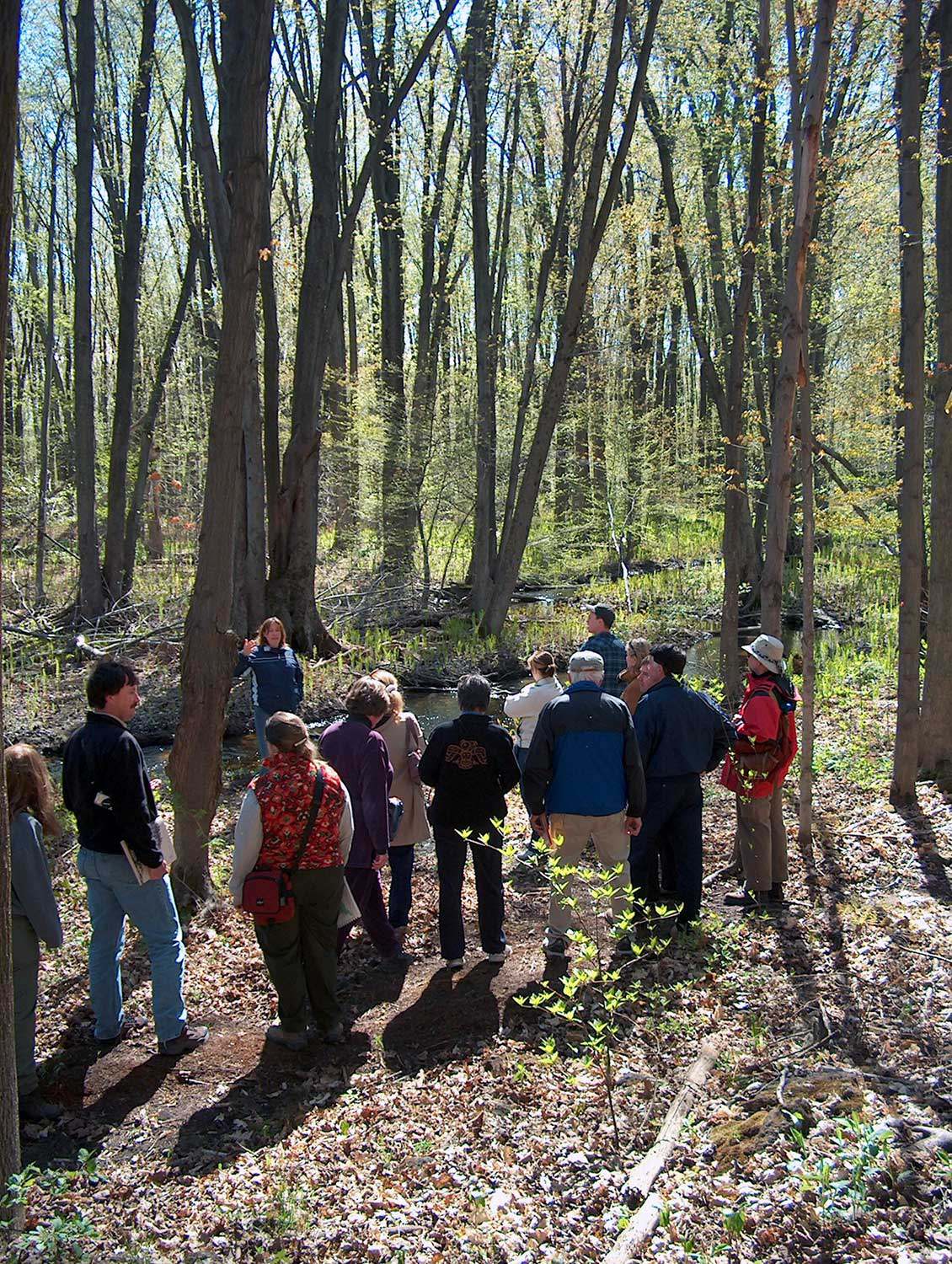
- 25 May 2006
- Natural heritage
- Author: Tony Buszynski,
Working together to save our natural heritage
With ongoing development pressures for housing, roads and commercial and industrial activities in Ontario, natural heritage protection has become more critical than ever before in...
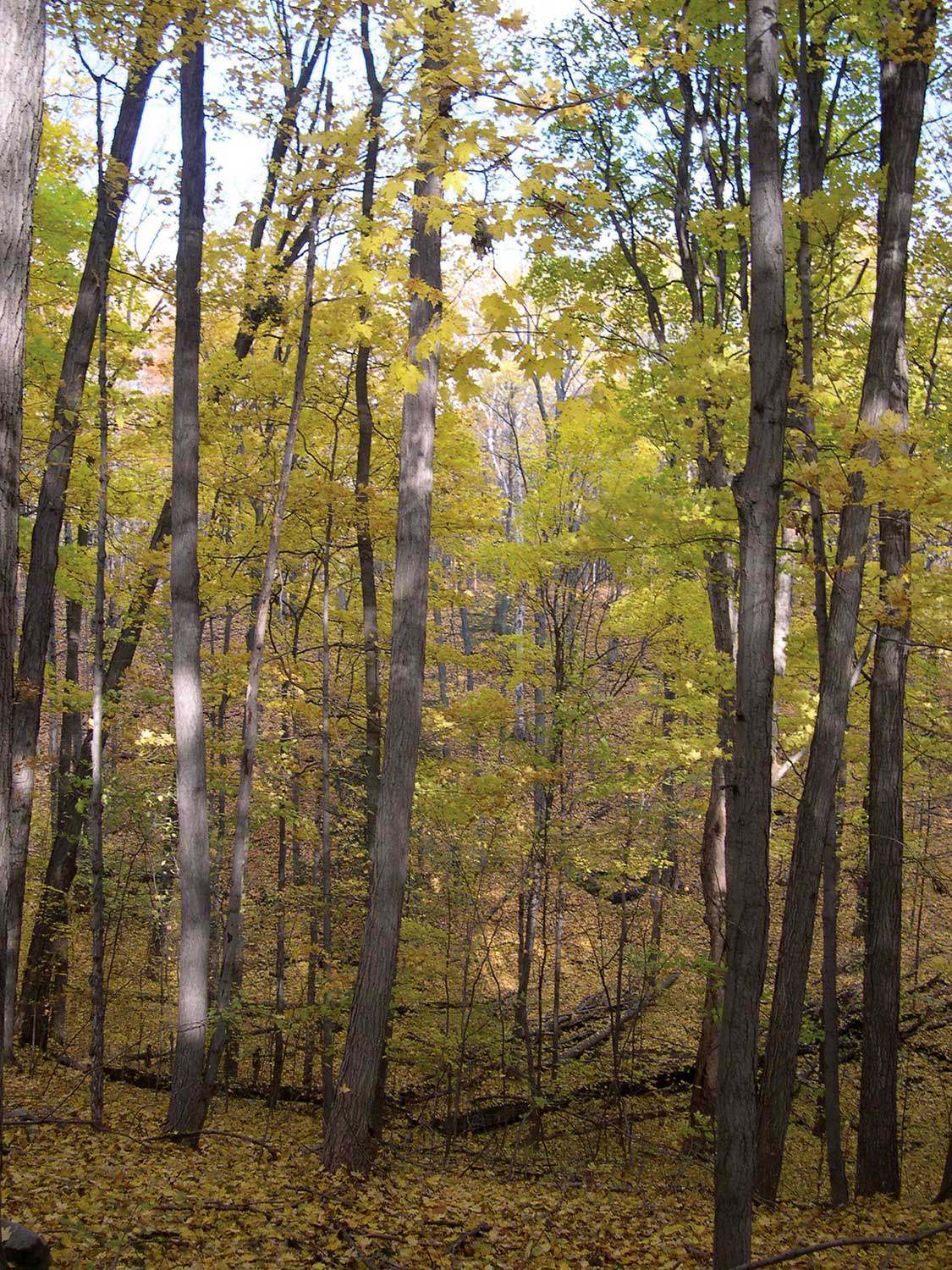
- 16 Feb 2006
- Environment
Natural heritage - Author: Ontario Heritage Trust,
Protecting natural spaces in Southern Ontario
On August 3, 2005 the provincial government announced the creation of the Natural Spaces Program, which included a $6-million allocation to the Ontario Heritage Trust...

- 08 Sep 2005
- Buildings and architecture
Natural heritage
Community
Cultural landscapes - Author: Richard Moorhouse and Beth Hanna,
The new Ontario Heritage Act: The evolution of heritage conservation
An important shift has occurred in Ontario’s legislative framework for heritage conservation. On April 28, 2005, the Ontario Heritage Amendment Act (Bill 60) received royal...

- 19 May 2005
- Natural heritage
- Author: Ontario Heritage Trust,
Visiting the Cheltenham Badlands
Nestled on the Niagara Escarpment amid the rolling countryside of the Caledon Hills lies a unique landscape locally known as the Cheltenham Badlands. The site...
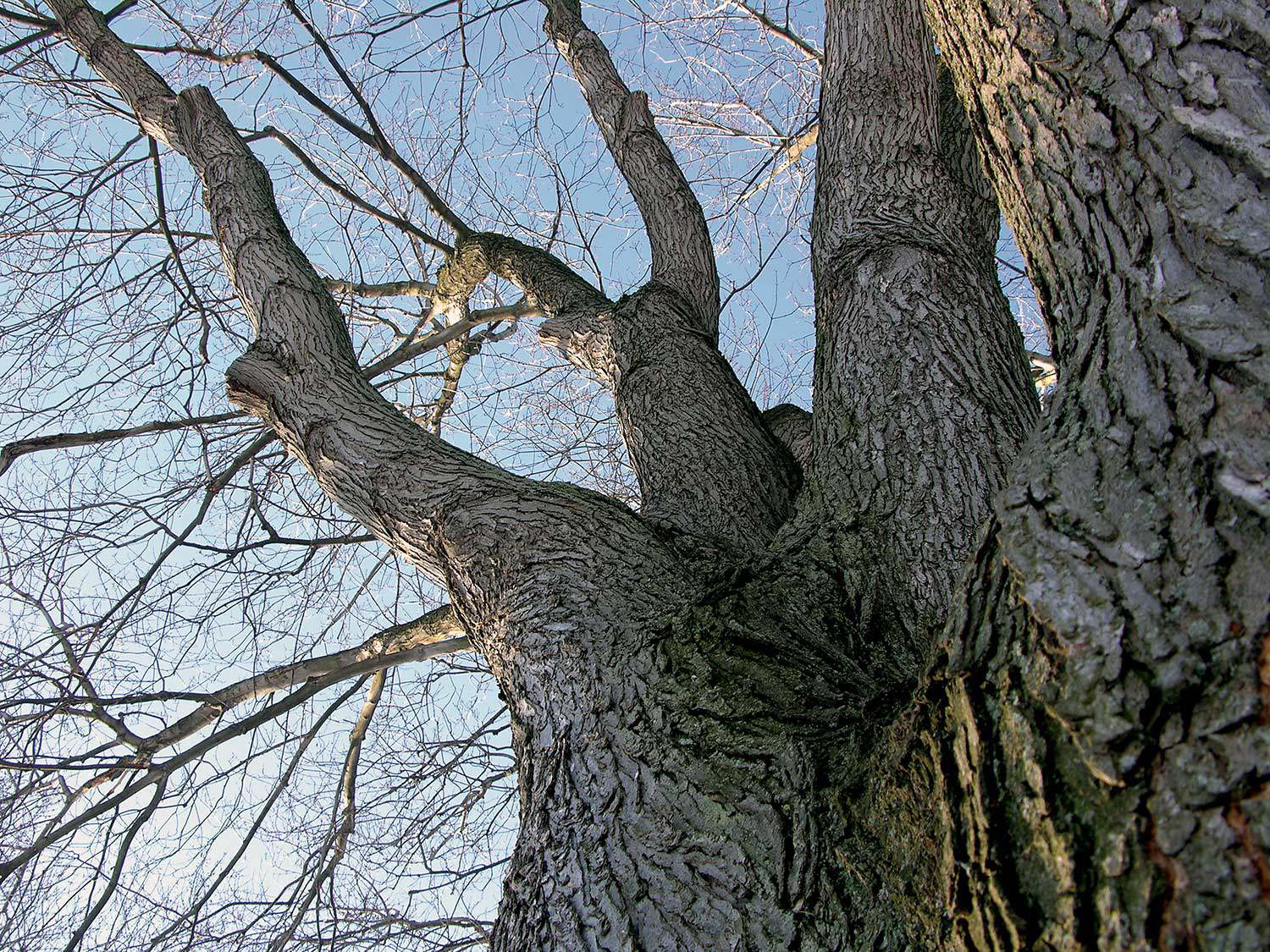
- 12 Feb 2005
- Natural heritage
- Author: Ontario Heritage Trust,
Gifts of nature
The Egbert Ross Boothby property Imagine a plot of land on the Lake of Bays, seemingly untouched by human habitation. It has almost a mile...

- 12 Feb 2005
- Natural heritage
Community - Author: Ontario Heritage Trust,
Hurricane Hazel 50 years later
There was little warning about Hurricane Hazel – one of the worst storms in Canada’s history. At the time, few Canadians paid attention to tropical...
- Accessibility
- Privacy statement
- Terms of use
- © King's Printer for Ontario, 2023
- Photos © Ontario Heritage Trust, unless otherwise indicated.

- Accessibility
- Privacy statement
- Terms of use
- © King's Printer for Ontario, 2023
- Photos © Ontario Heritage Trust, unless otherwise indicated.

